Peter’s Pigeons
Memory is a mirror that remembers the future.
— Milorad Pavić, Landscape Painted with Tea
Peter was born in a tiny Romanian town, where the streets still remembered the hooves of horses, and the old houses had sunk so deeply into the earth that it seemed they had long ago decided not to move forward with time. Since childhood, he had been haunted by a peculiar fear — pigeons. Their gray feathers, the damp gleam of their eyes, the trembling of wings made him shiver. For other children they were only part of the square, an ordinary piece of scenery, but for Peter they were messengers of something unspeakable and dangerous.
The roots of this fear hid in his childhood memory. When he was five, his mother, dressed in white, was feeding pigeons by the old church. Peter reached out for her, but the flock suddenly rose into the air, struck her face with their wings, and covered her light, and little Peter for the first time saw the familiar world dissolve into chaos. His mind recorded not the birds themselves but his mother’s disappearance — her figure dissolving into a cloud of gray feathers. From a psychoanalytic view, this was a symbolic act: the pigeons became a projection of his fear of loss, the vanishing of the maternal figure, the trauma of sudden separation from the object of attachment. Every subsequent beating of wings recalled that childhood disappearance.

Years passed. Peter left — as do all who search for their own meanings beyond the borders of their hometown, where time stretches thick as molasses. His journey led him to Venice, city of reflections and shadows, a city where water holds more memory than earth. And there, in Piazza San Marco, he came face to face with his own shadow.
Hundreds of pigeons surrounded him — a gray ocean, where each flap of wings echoed in his chest with the sound of the past. In that moment, his childhood fear turned into an existential trip. It seemed to him that each pigeon was an unfinished thought, a repressed image, a forgotten guilt, a fragment of a dream. They perched on his arms and shoulders as if memory itself had decided to appear in full, without choice or censorship.
In that instant, Venice ceased to be a city. It became Peter’s psychic map: the bridges — his elongated associations, the canals — the channels of his unconscious, and the bells of San Marco rang like the voice of an analyst finally saying:
Look at what you fear, and it will cease to be a threat.
Standing in the middle of the square, Peter understood that pigeons were his mother, who had once disappeared into a gray whirlwind, but also the possibility of reuniting with her in another dimension of memory. His fear was not a curse but a portal.
The flock rose again. And in their flight he saw: disappearance is also a form of presence.
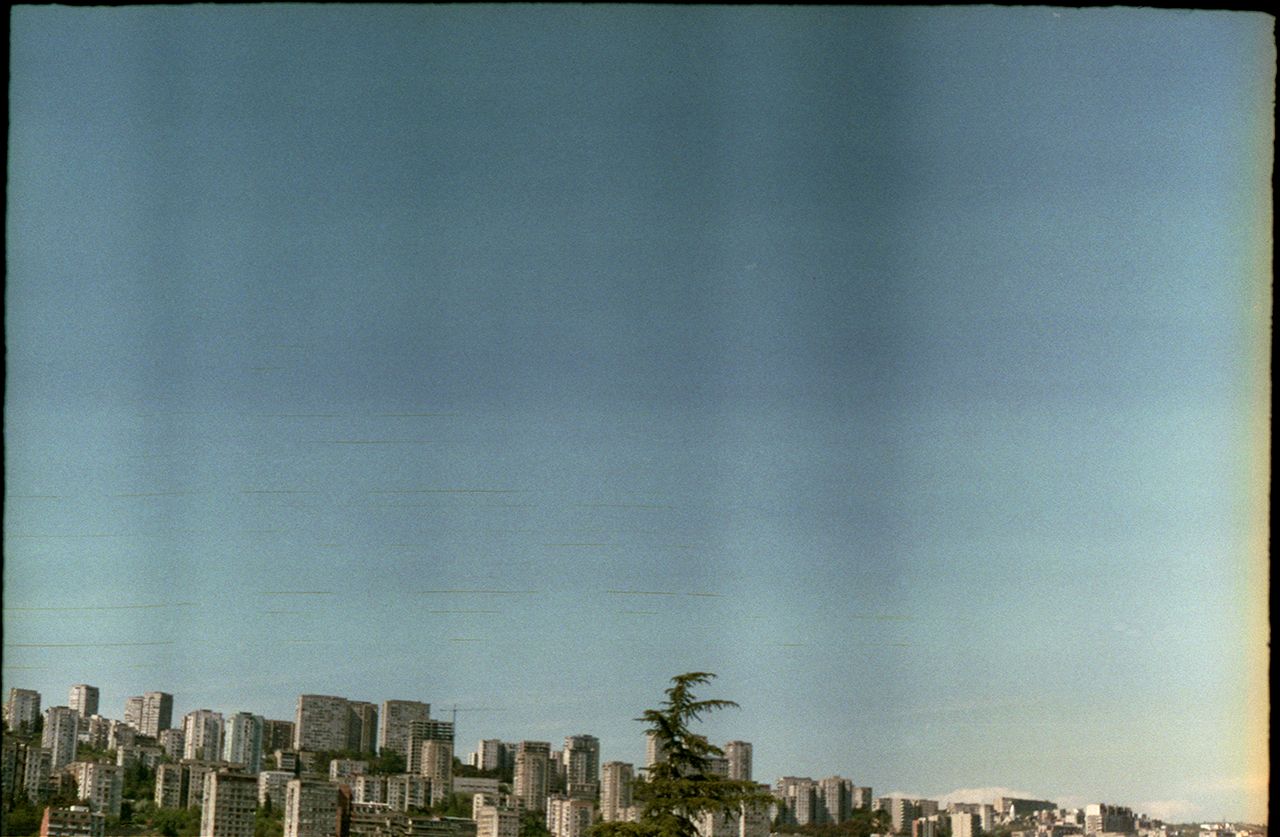
But later that evening, back in his hotel room, he opened an old diary he had brought from Romania, and the pages reminded him of something else. His mother had never vanished among birds. She had lain for long months, white and translucent, like a wax candle, and he — as a small boy — could not bear that slow fading. Then his mind invented a more bearable myth: that the pigeons had taken her away. Thus death became a flight, and illness — wings.
Now Peter understood: the fear was never about the birds, but about the truth. The pigeons had only shielded him from pain, like a dense curtain of dreams. And in Piazza San Marco they came to collect their debt — they lifted the veil and revealed what had always been there.
And for the first time in many years, Peter wept not from fear, but from the possibility of living through his loss anew — without illusion, without pigeons, only with the memory of the woman who had truly gone.

Cardamon Spell — one day only
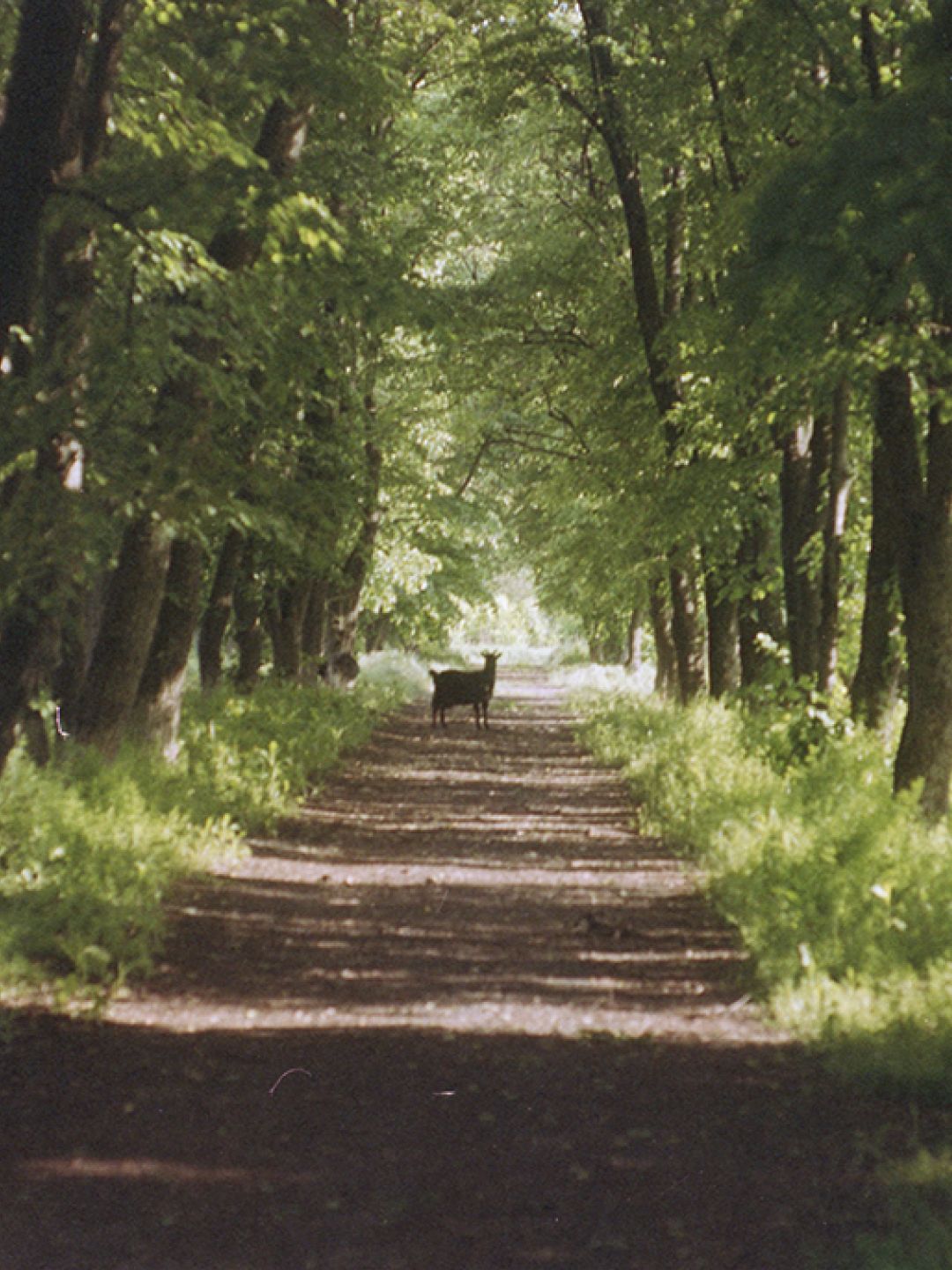
The Road to the Meadow of Awakening
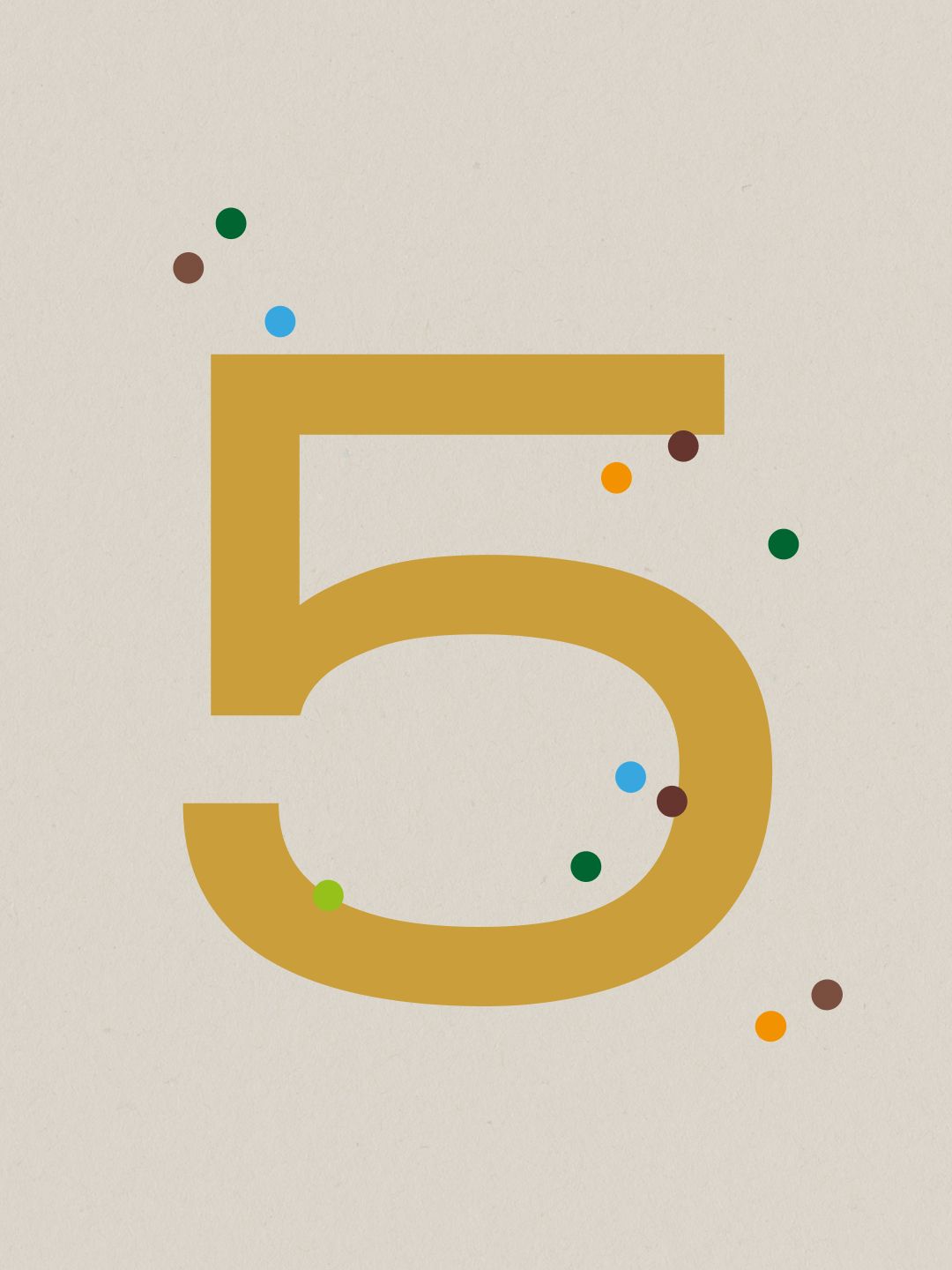
Giraffe Tapes returns home
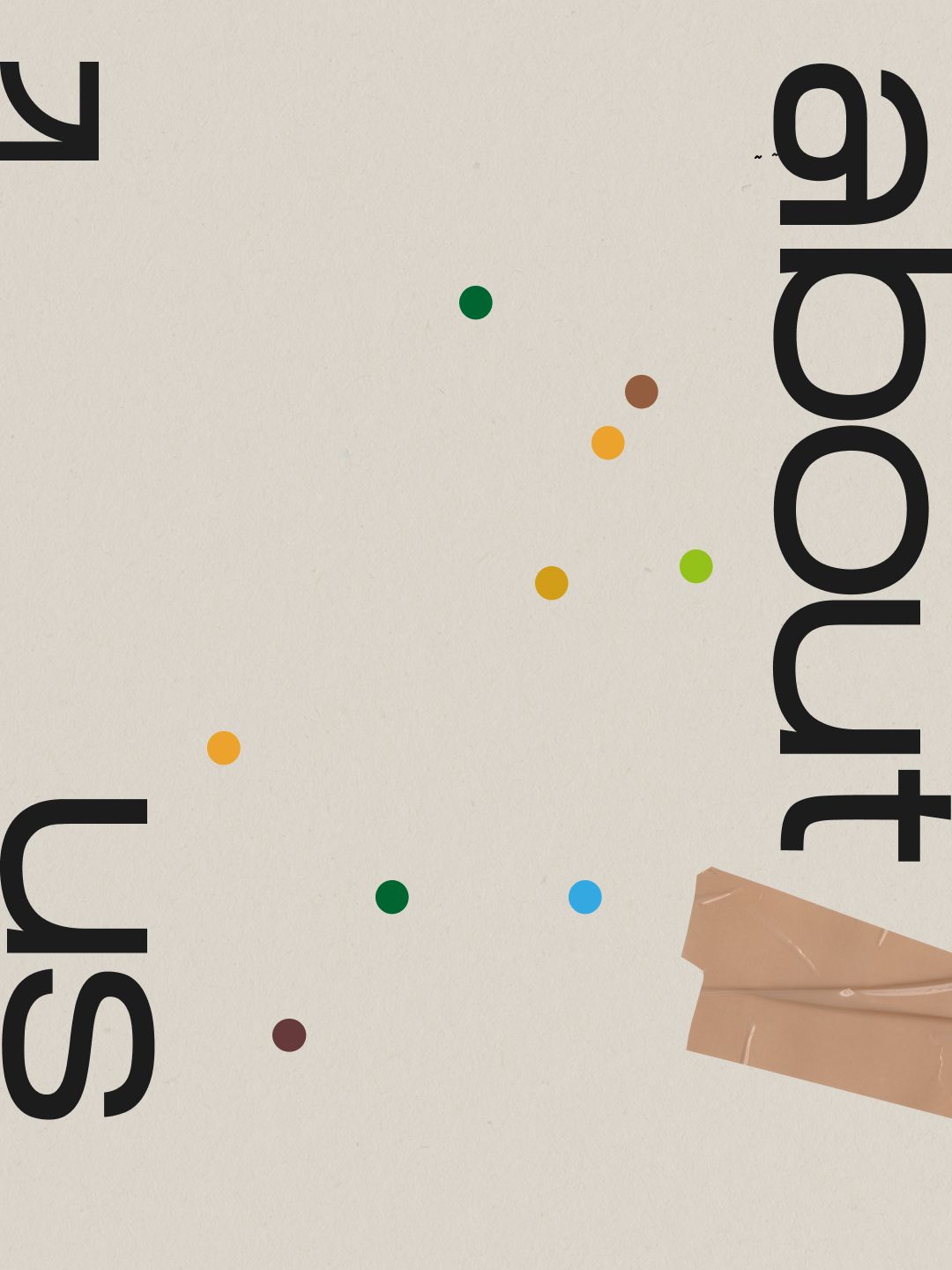
About us
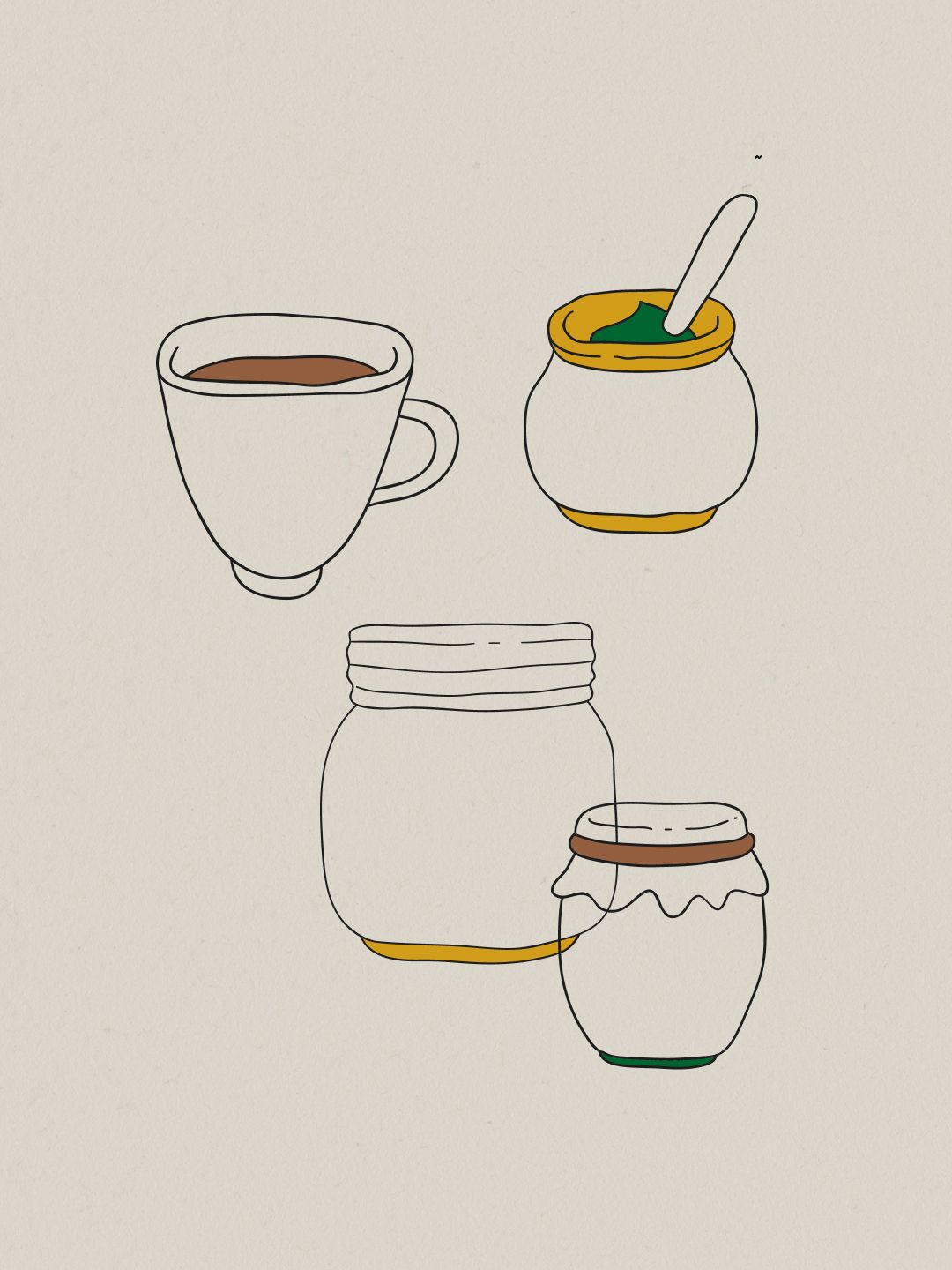
GiraffeHome — a place where food remembers why it was created

The Shadow That Knew the Light

The Fog That Remembers

The Alchemy of the Sea Buckthorn
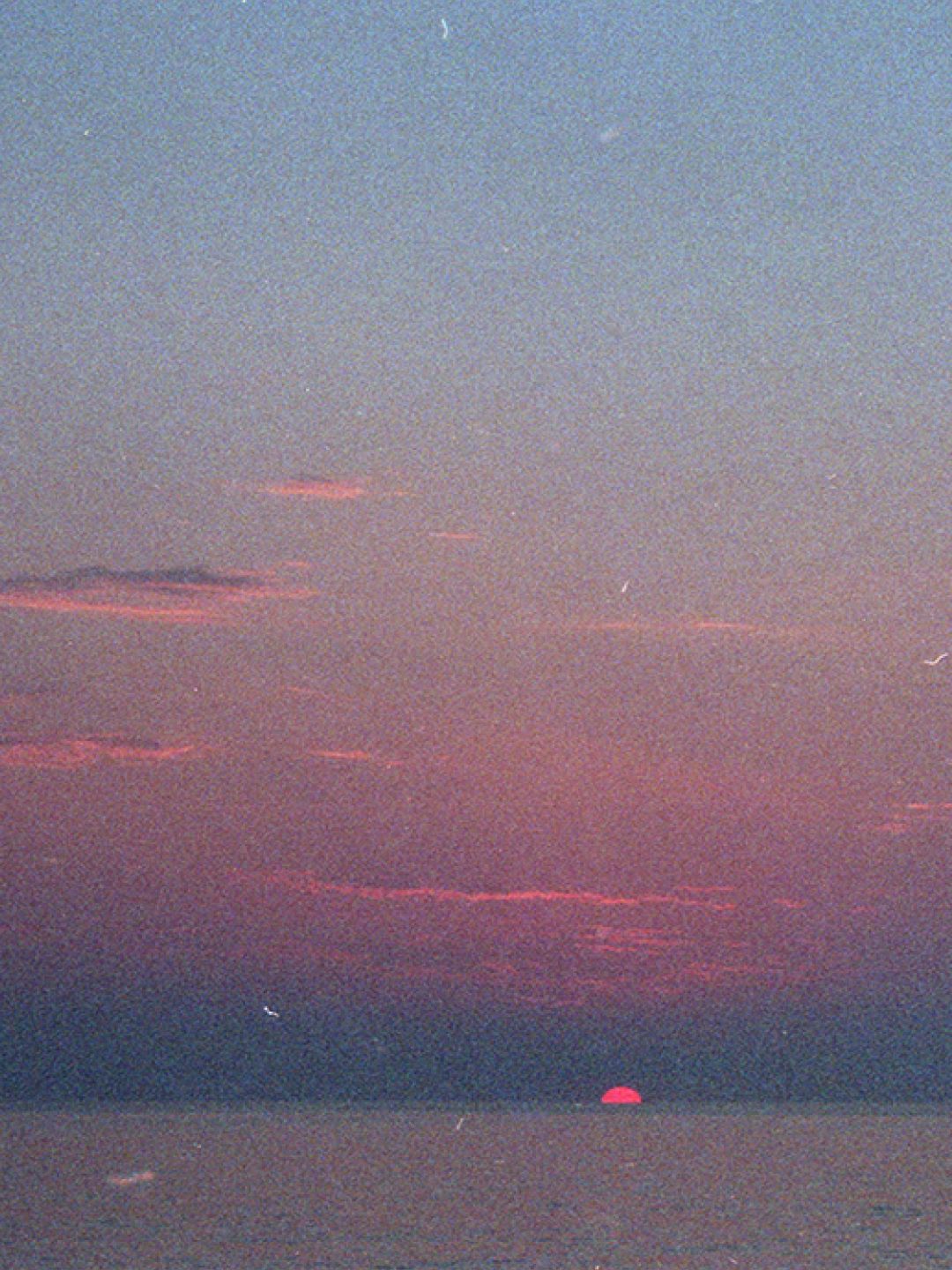
Fado of the Dying Sun

Whispers of the Acacia

Miro and the Three Days
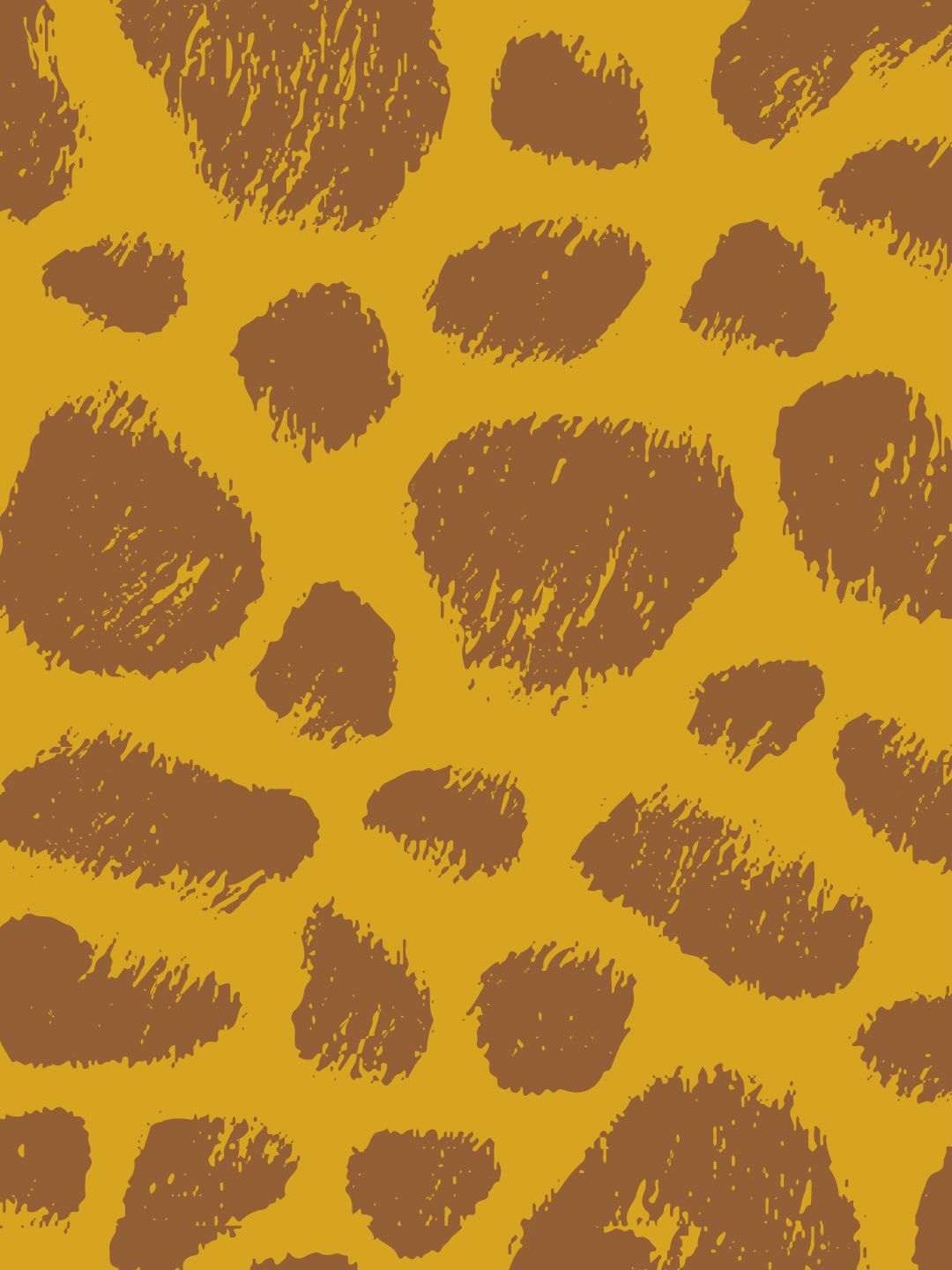
Lift your gaze

Igo and the Silence He Heard
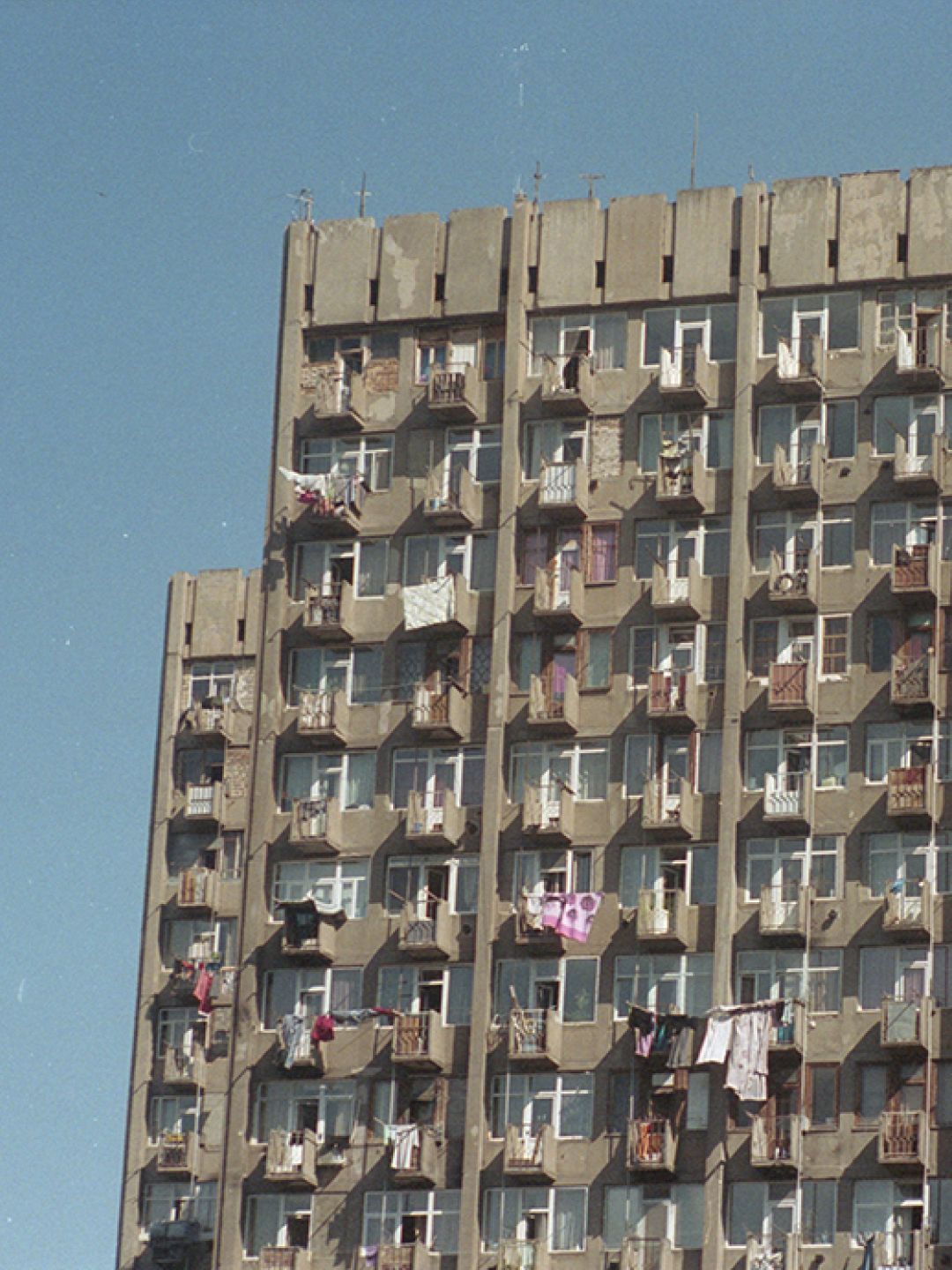
Lucia and the Voice That Woke Up Late

The Kitchen Where the World Comes Alive

I, Tejo, Architect of Unspoken Worlds
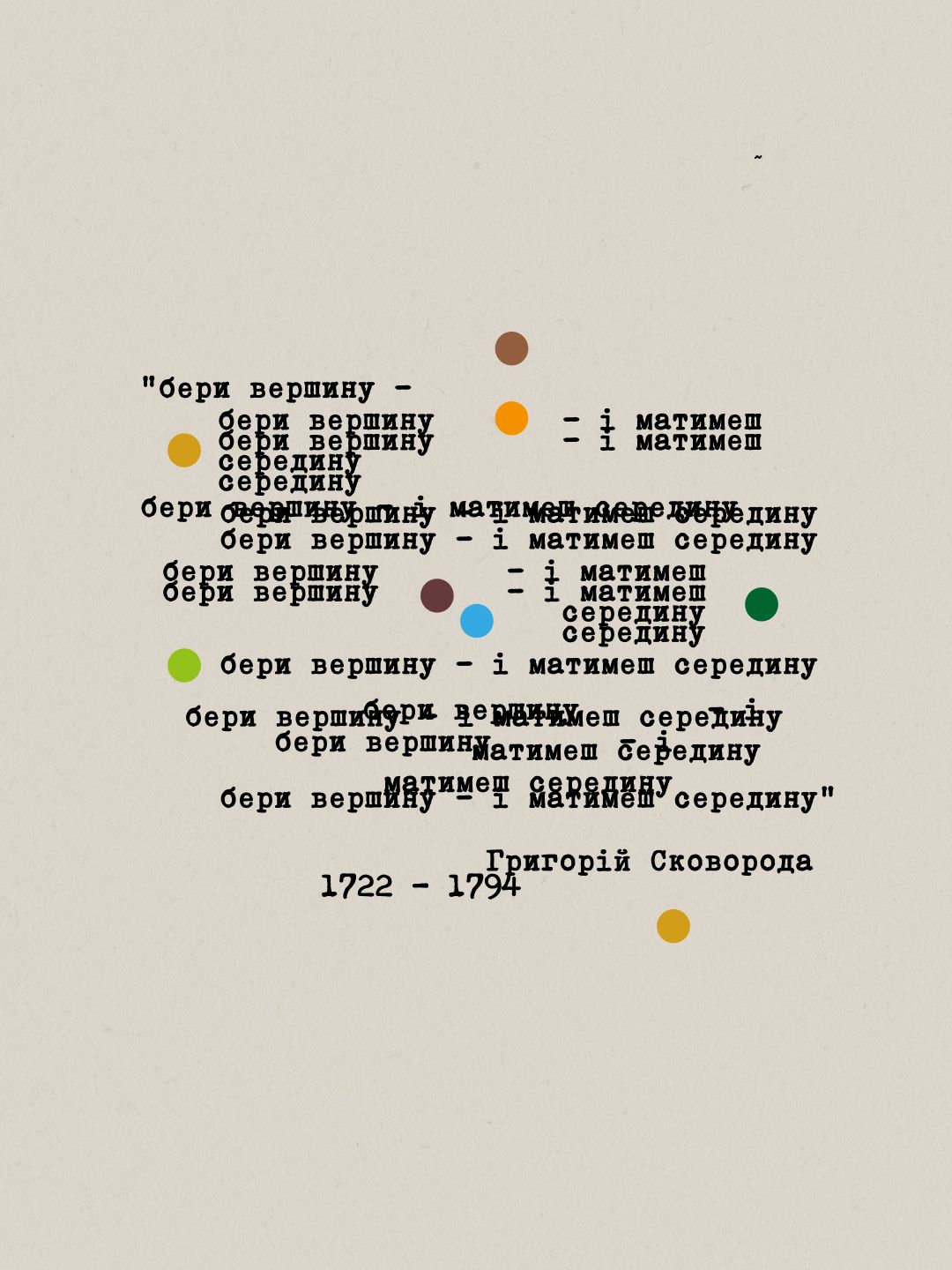
The Summit That Breathes Light
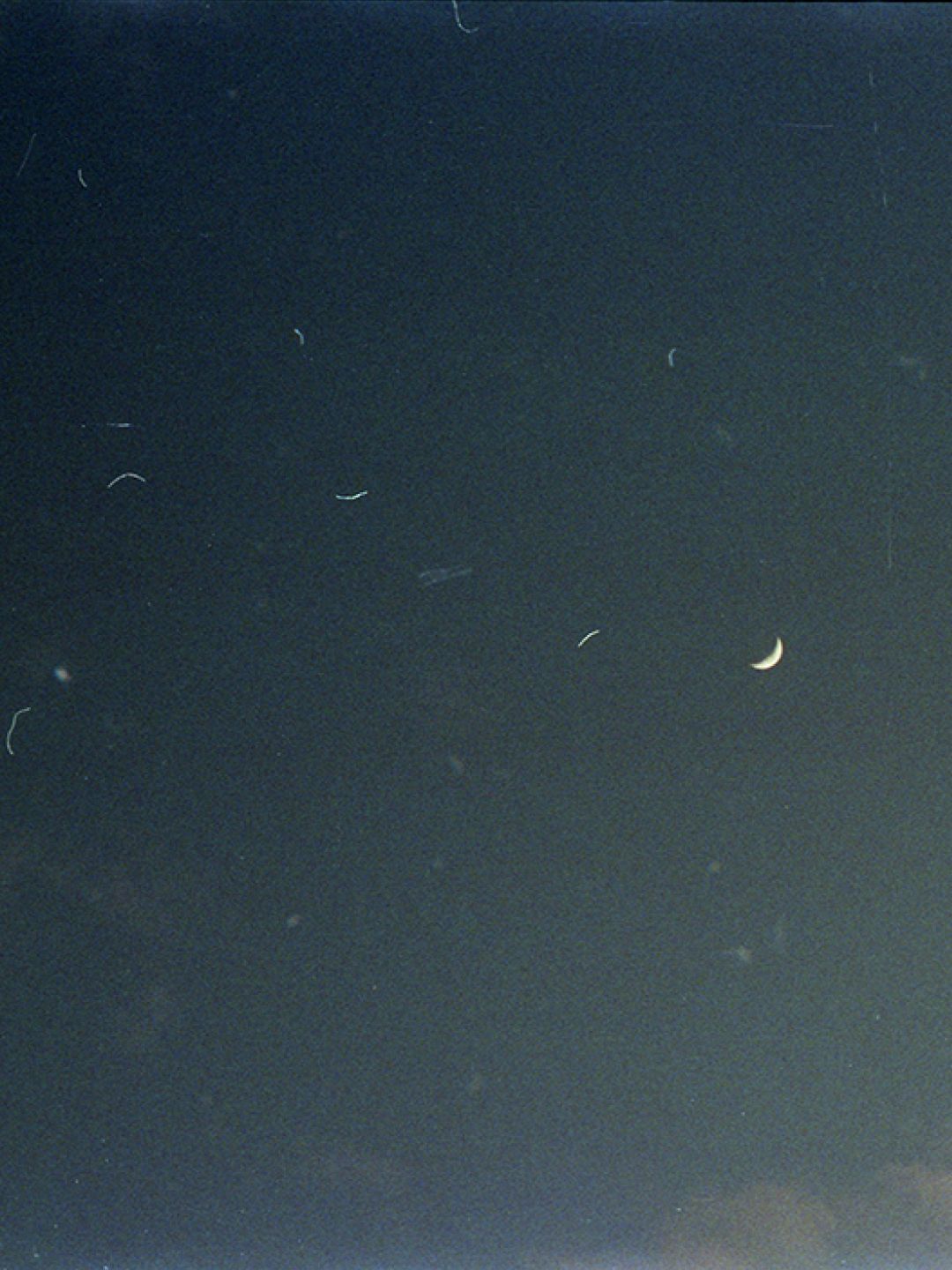
Where the Crickets Sing
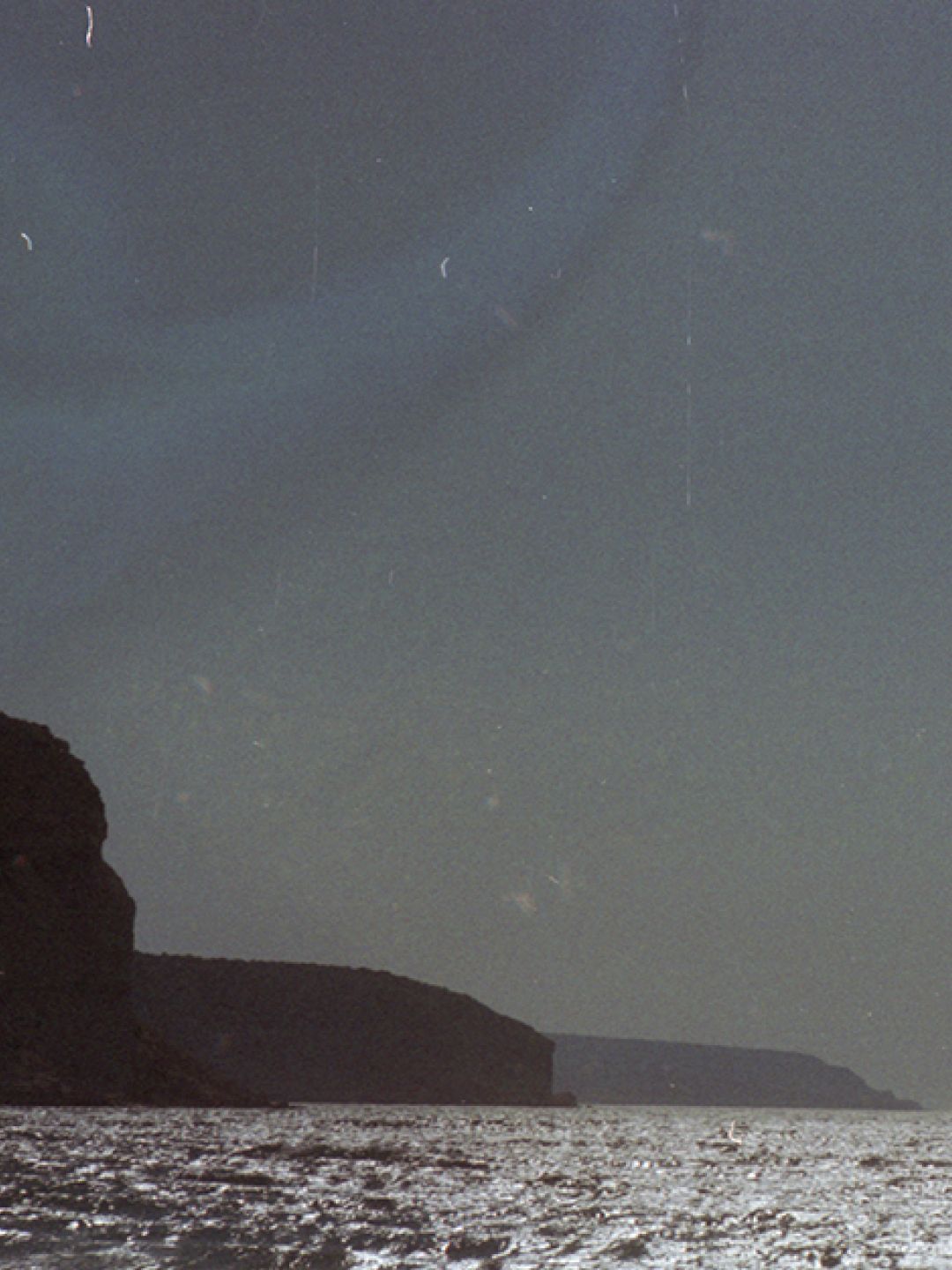
To my grandmother Annushka

Odysseus
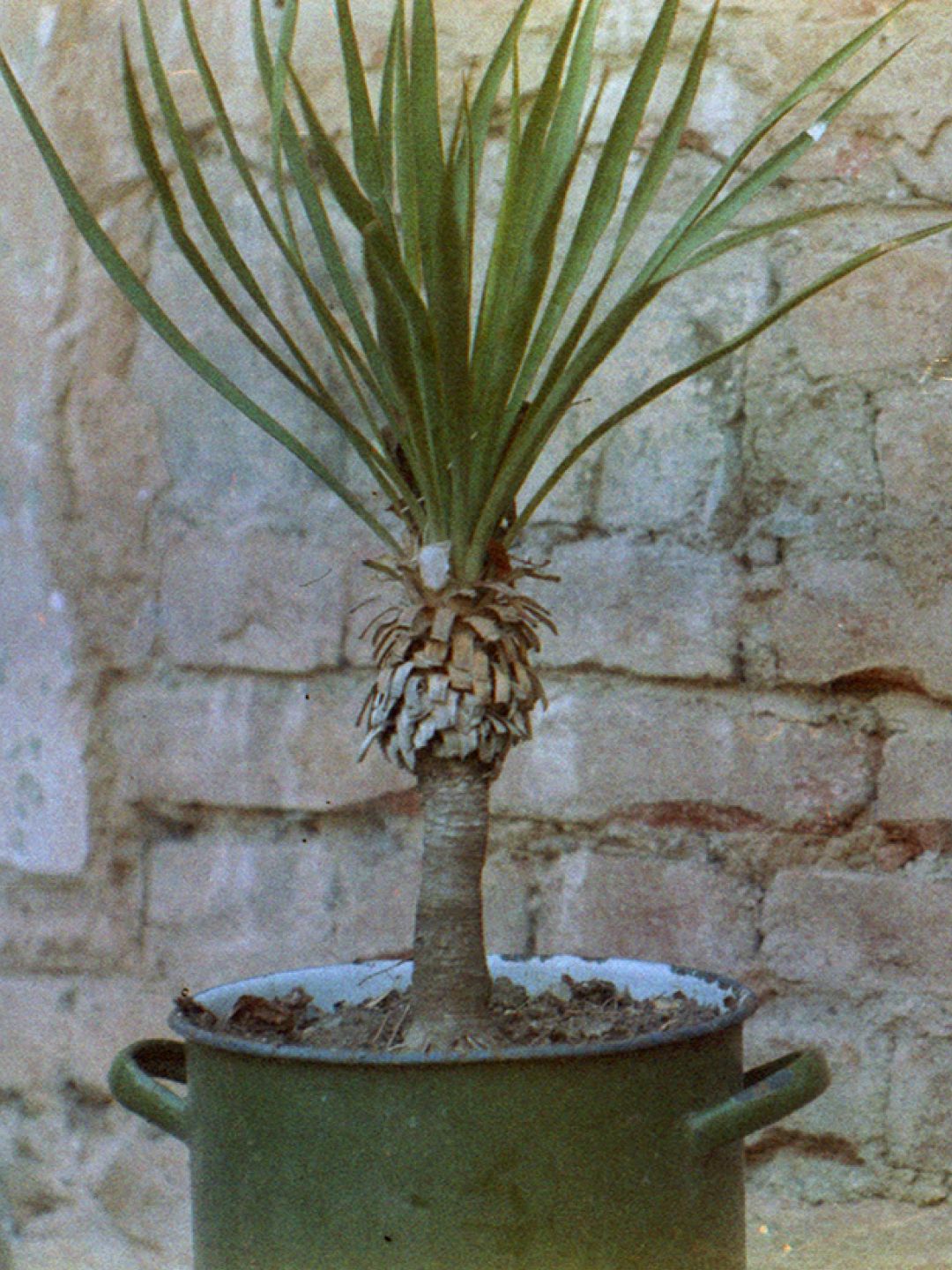
Victor’s plant
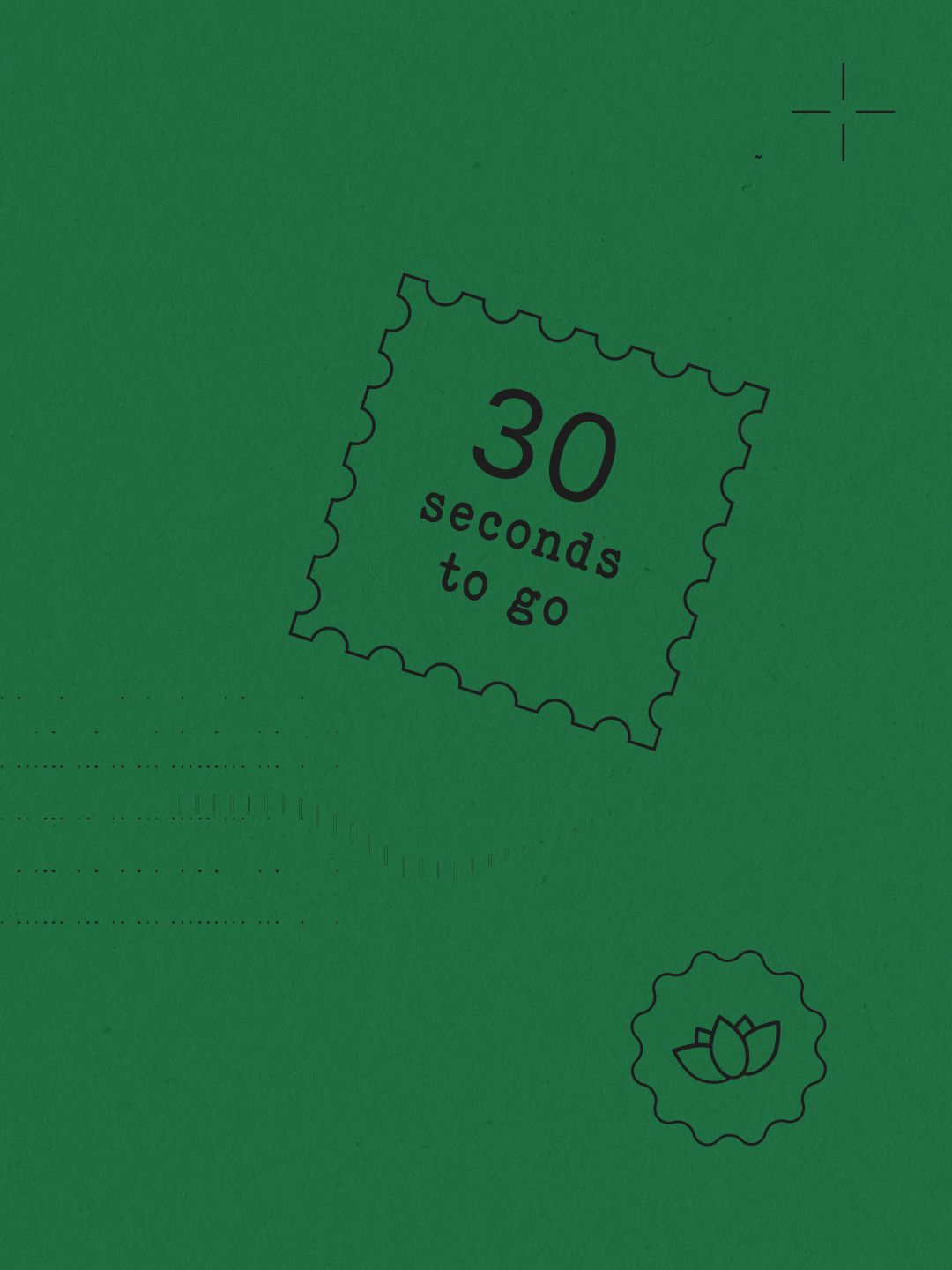
The Last Thirty Seconds

Lila’s Herbarium
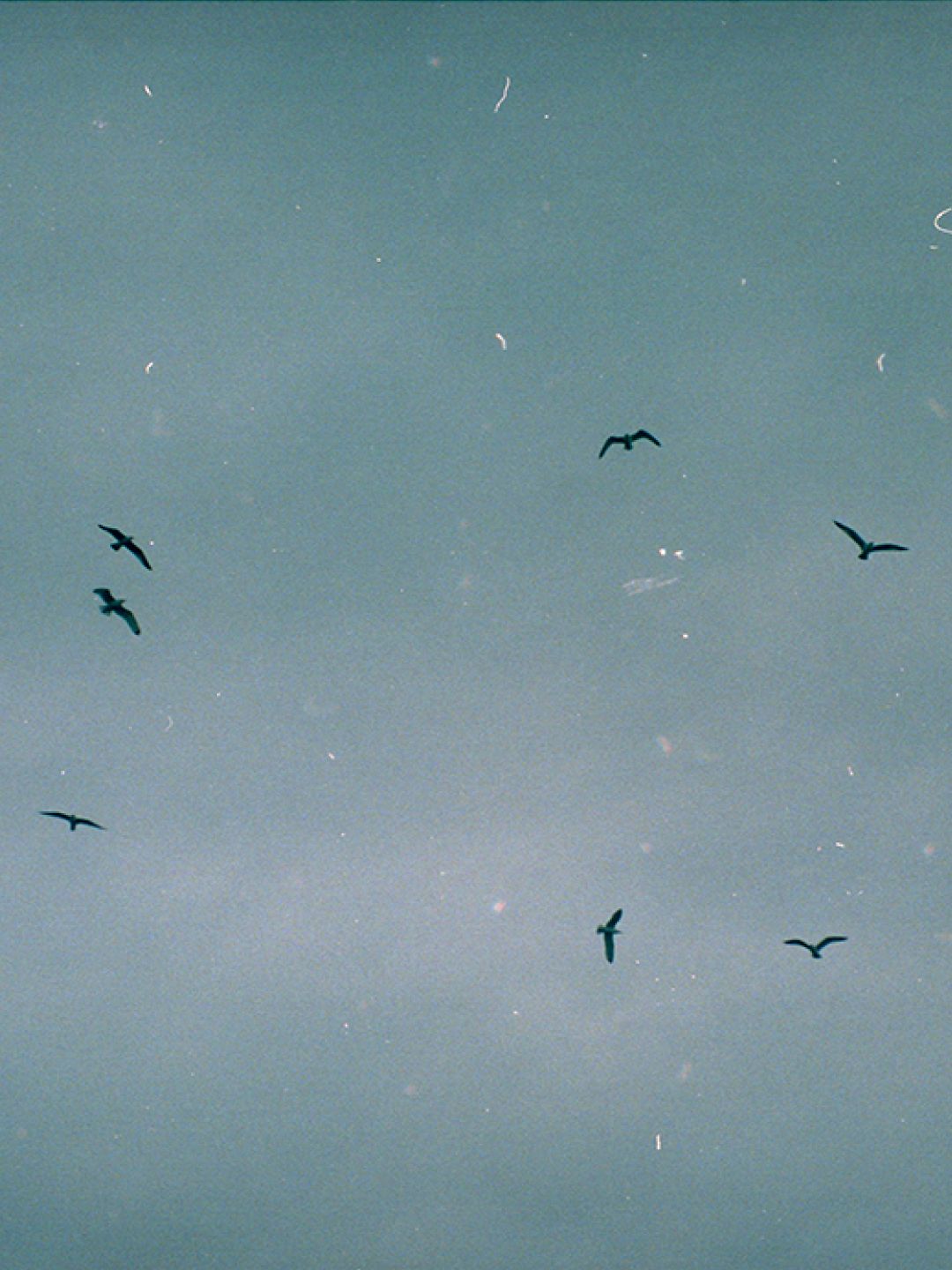
When the Birds Return

Where Sound Ends: Ambient as a Way of Being
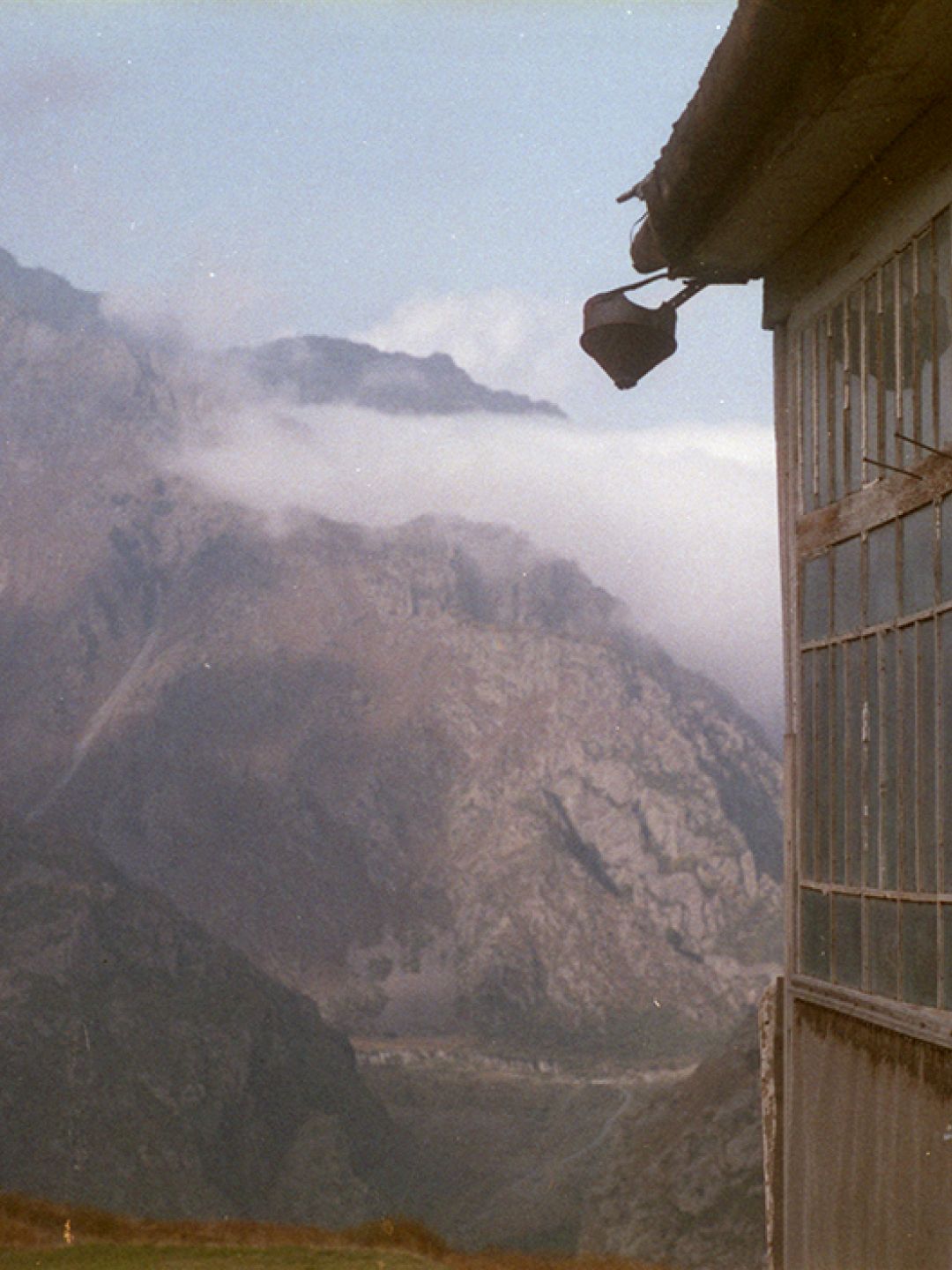
Not by path, but by memory
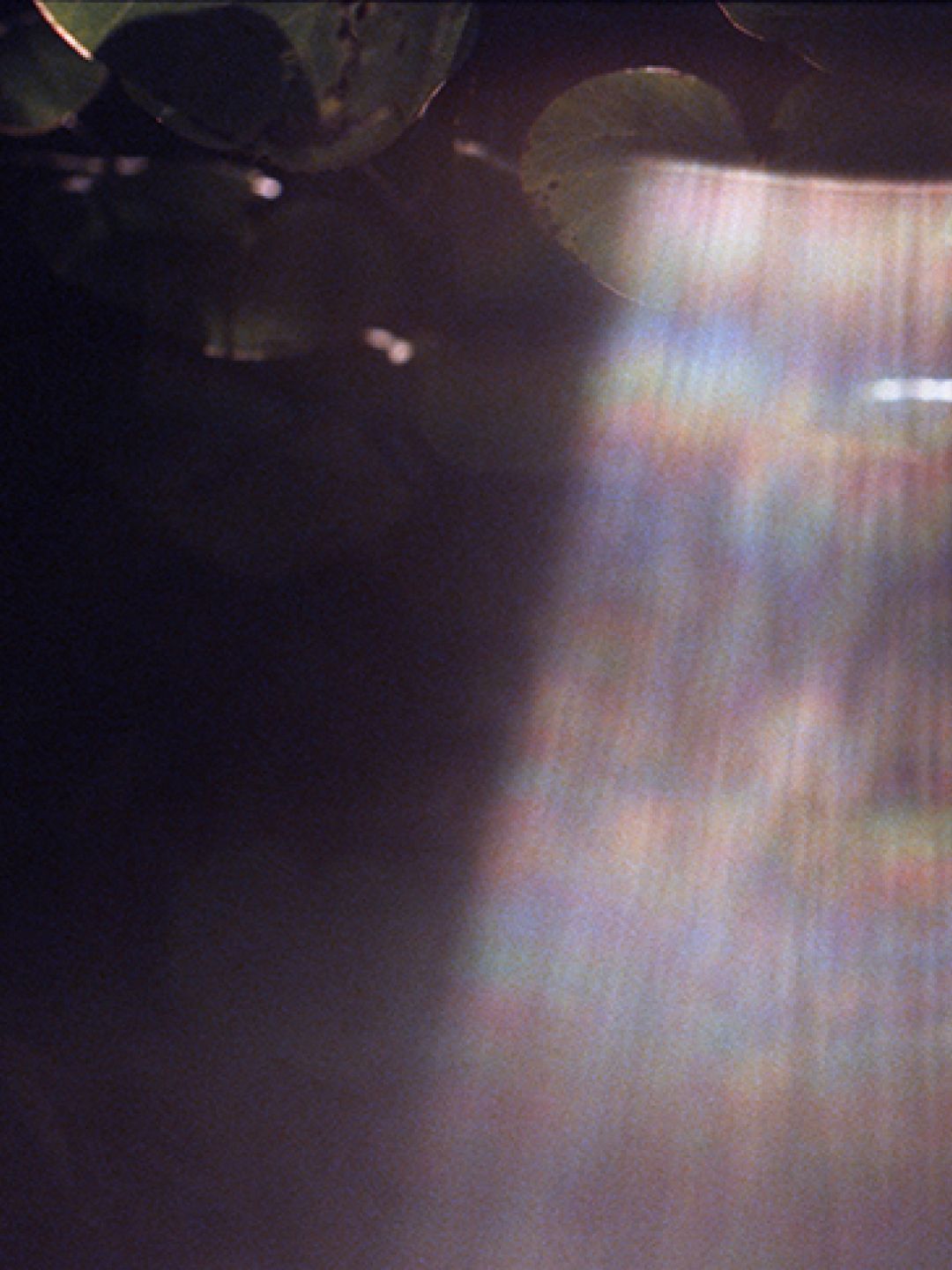
The bread rose in the oven
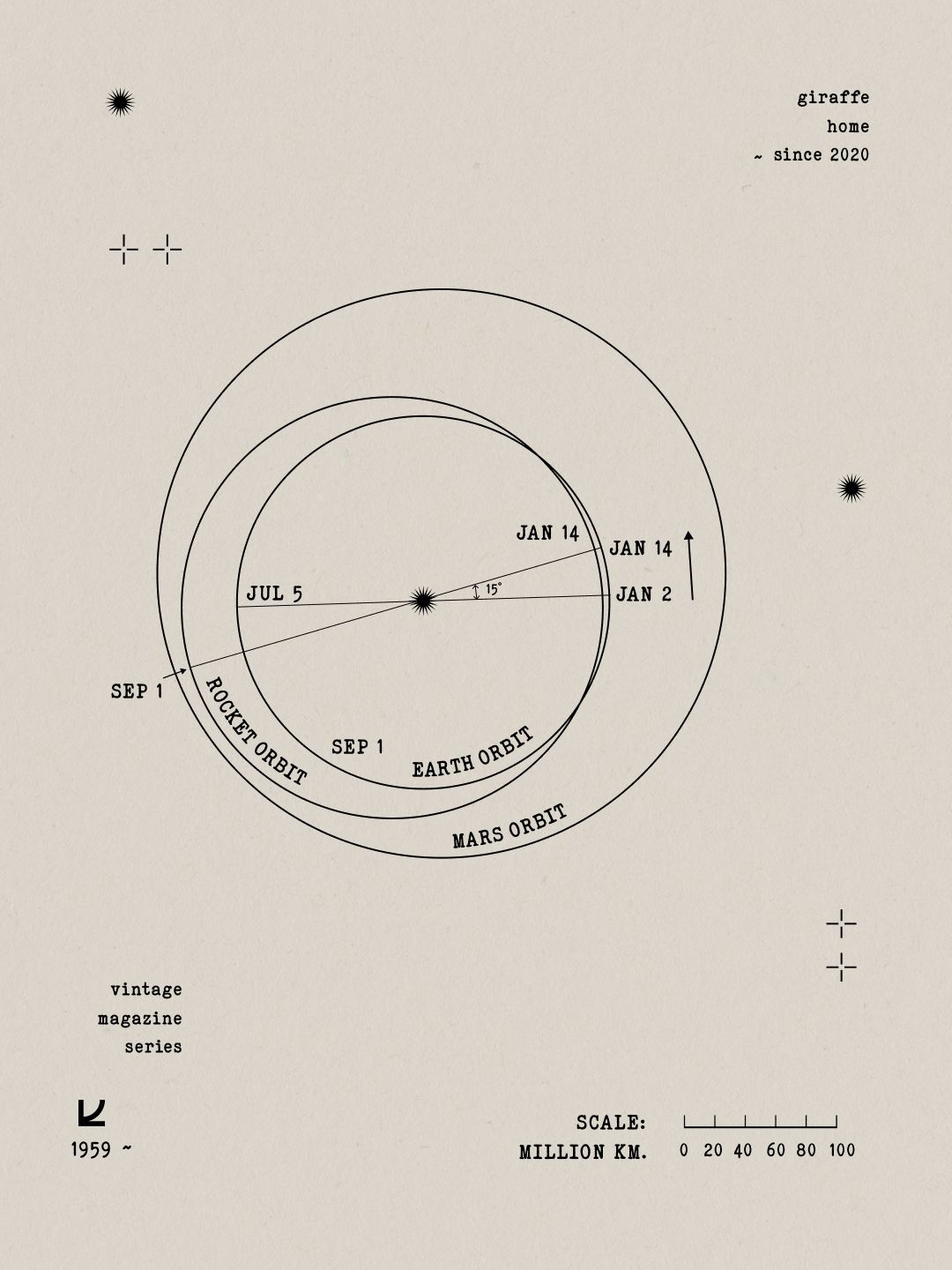
New Merch from giraffehome — Artifacts of Time on T-Shirts. Coming Soon
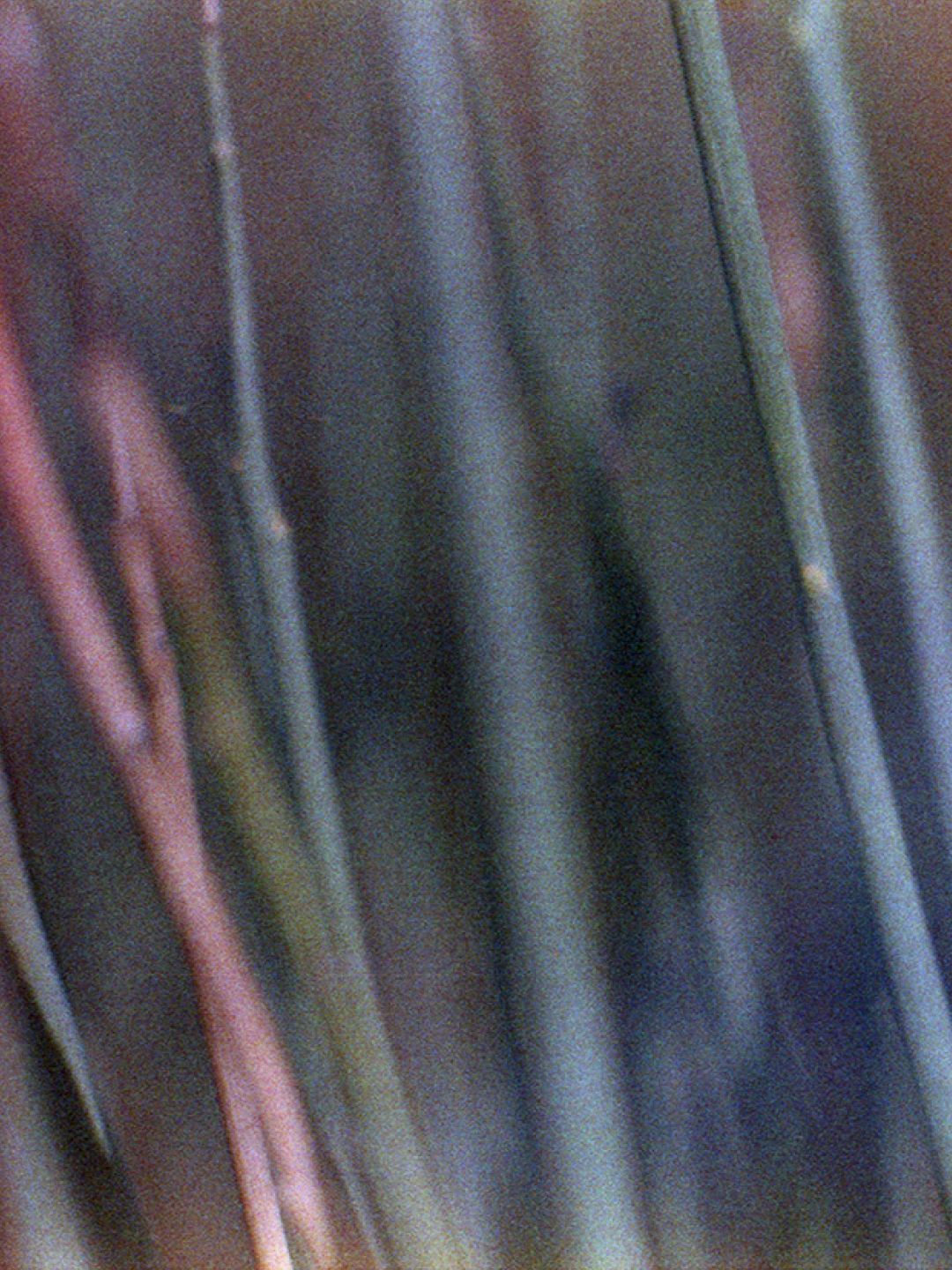
The Light Within
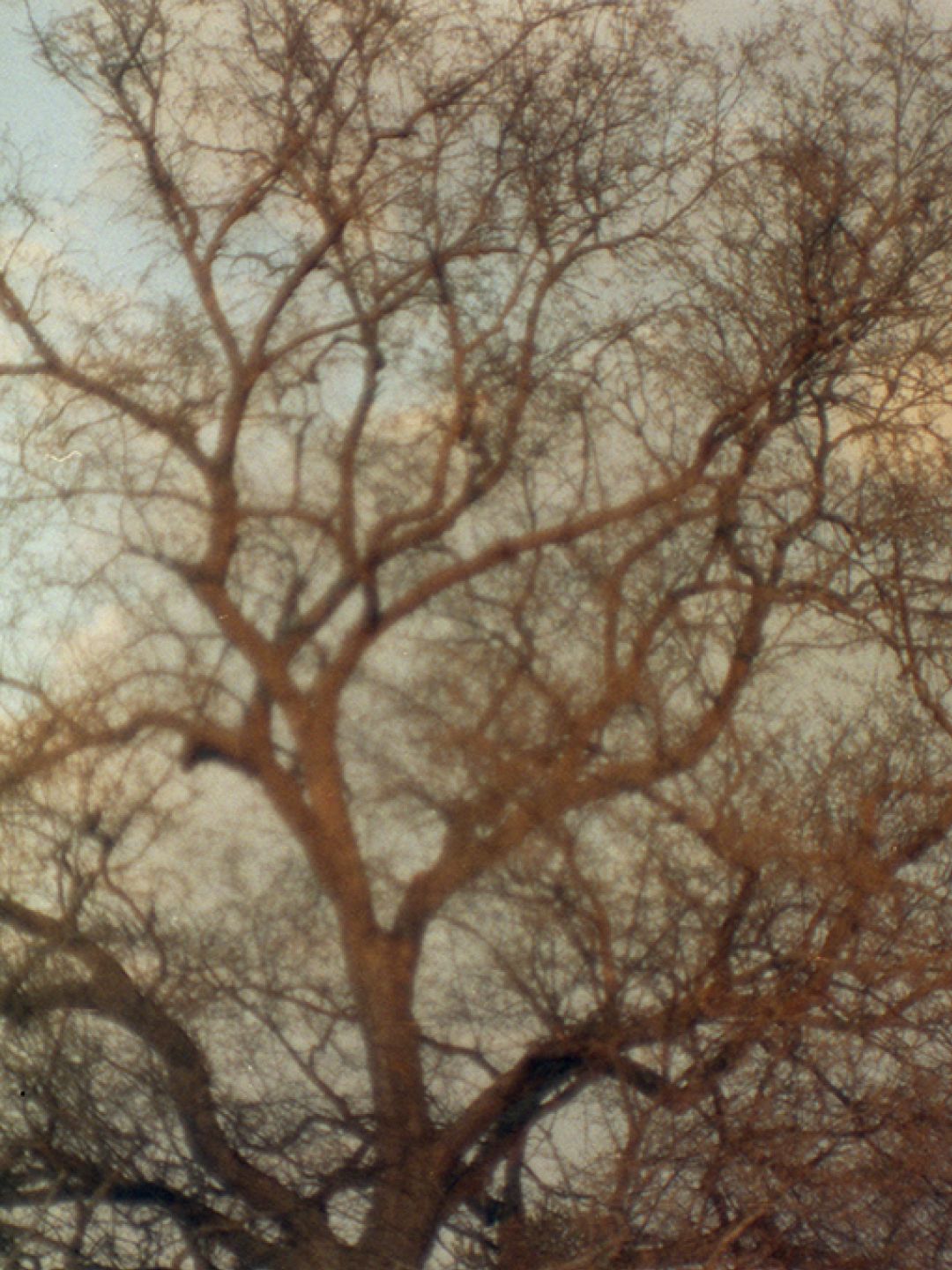
When the trees were small
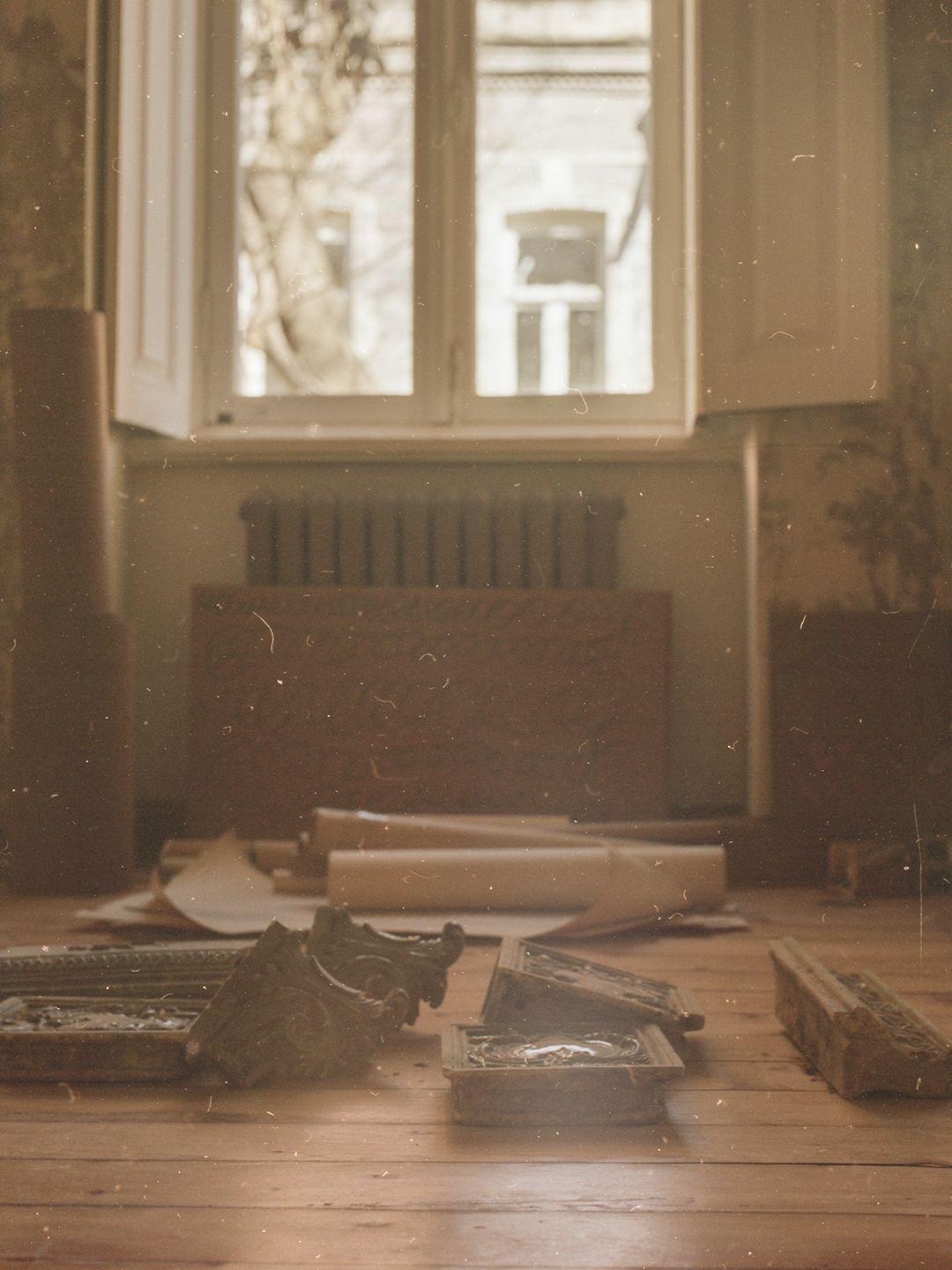
Light through the window
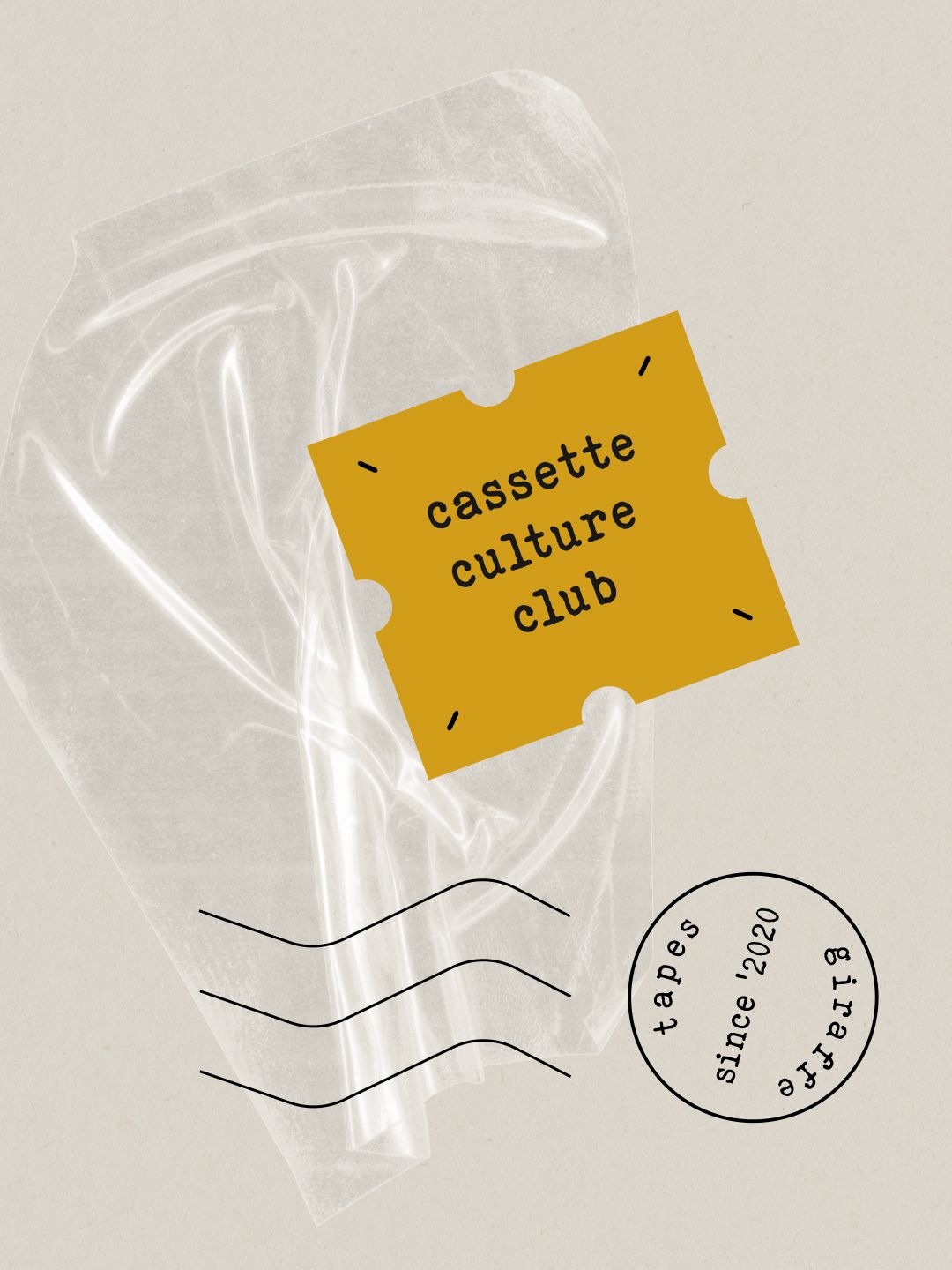
I am giraffe tapes

The ocean
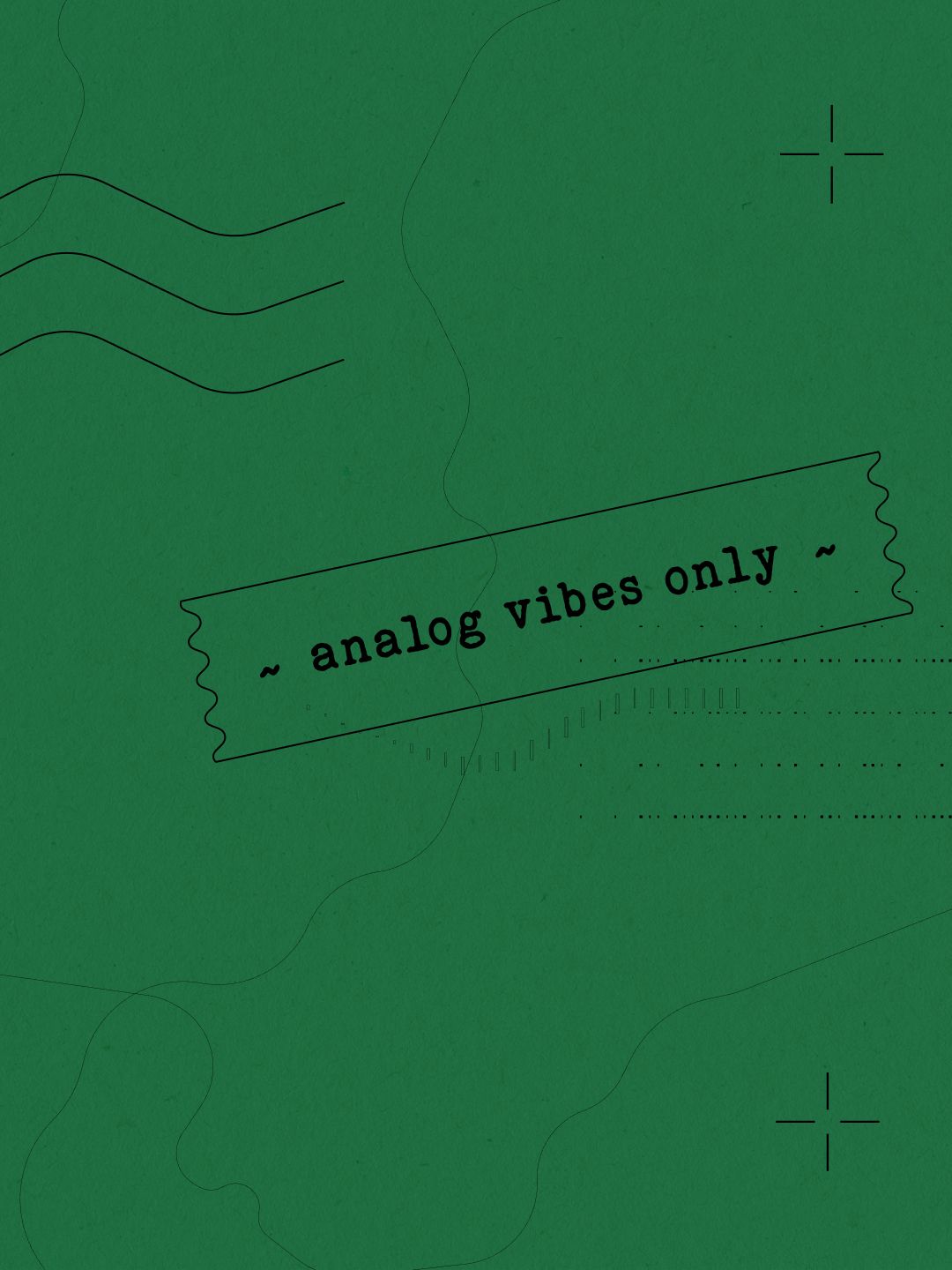
Analog vibes only
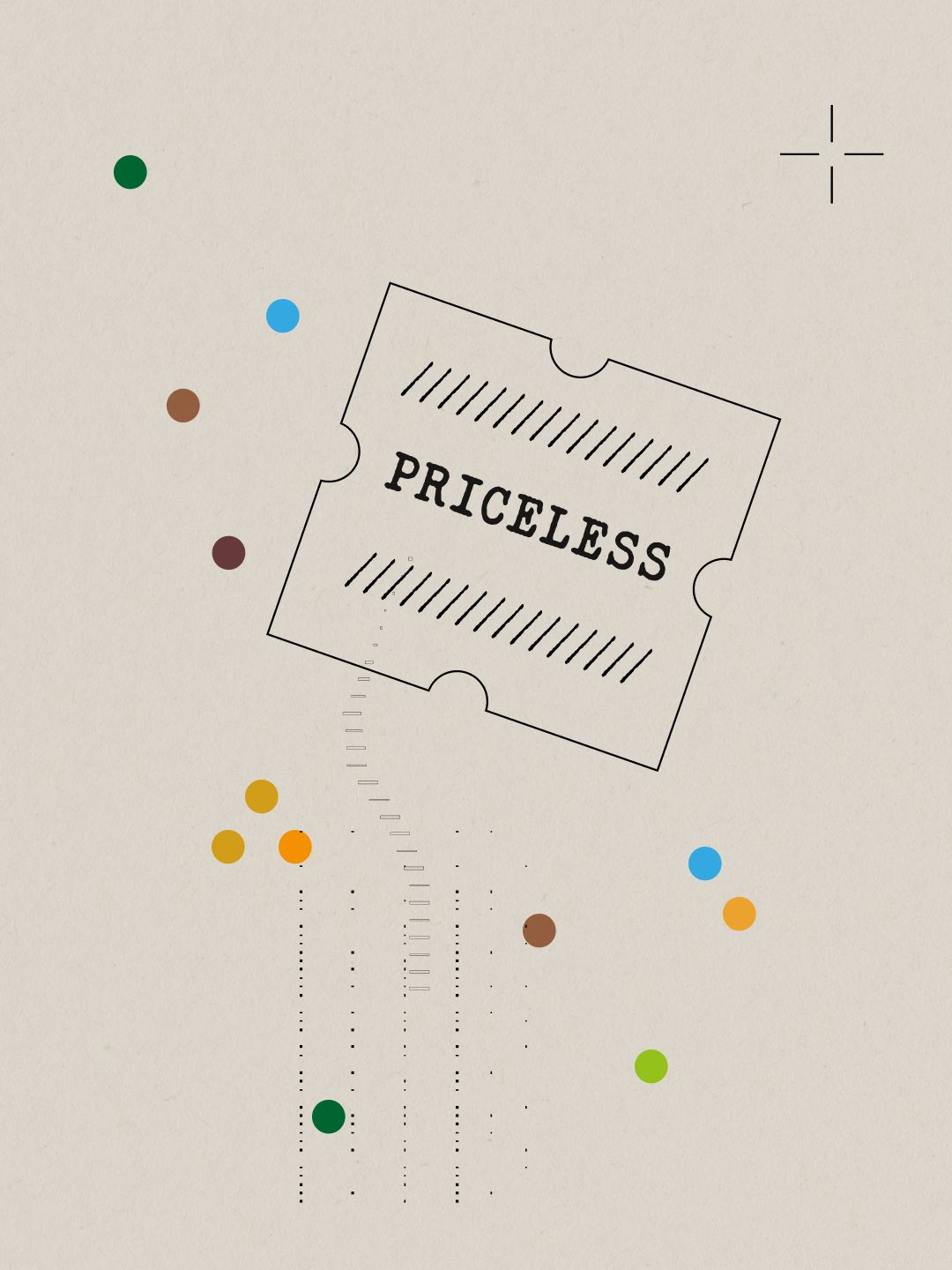
Priceless

A Lonely Tree Between Worlds
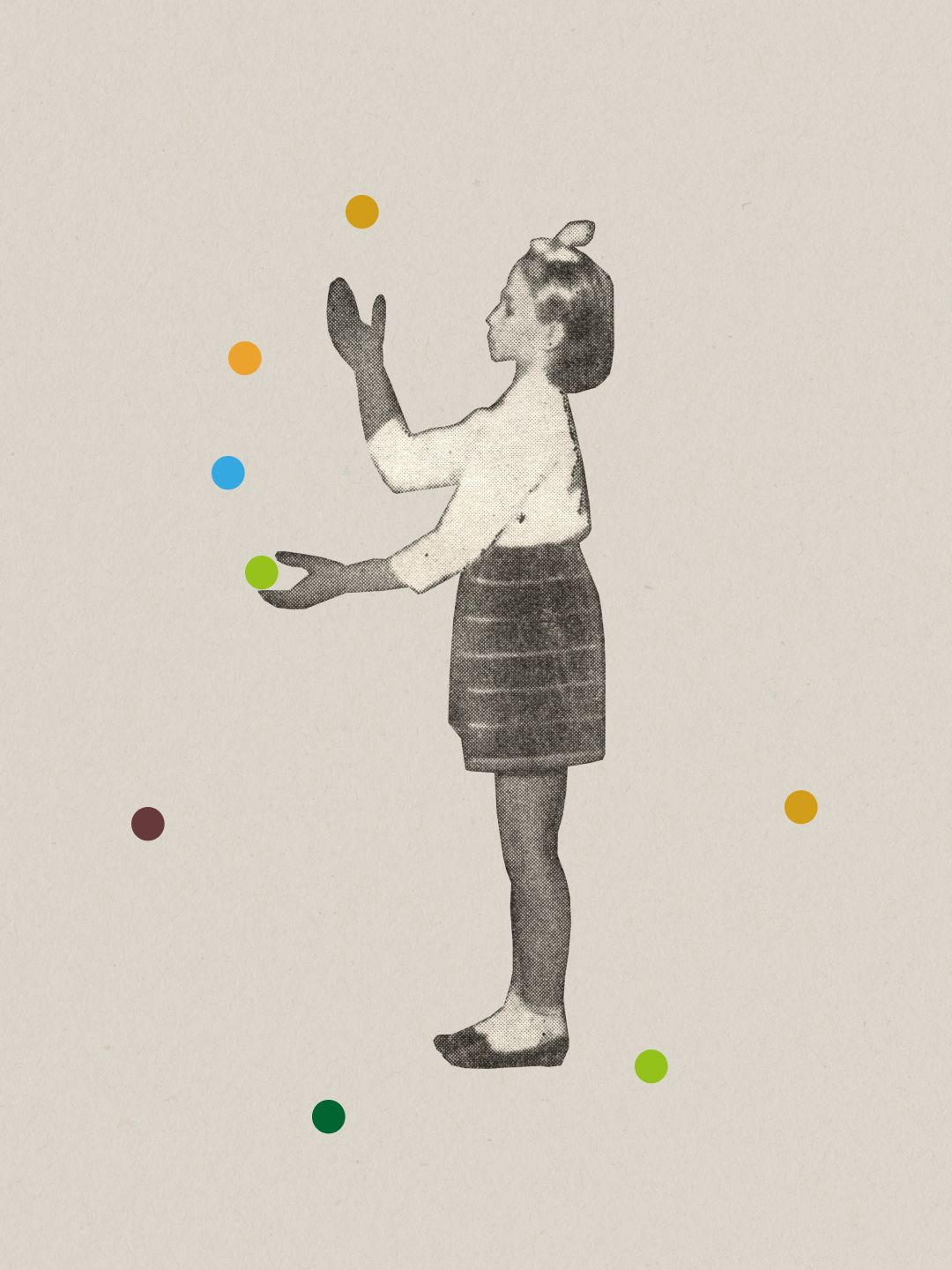
The Juggler from Childhood

The story of a certain rabbit
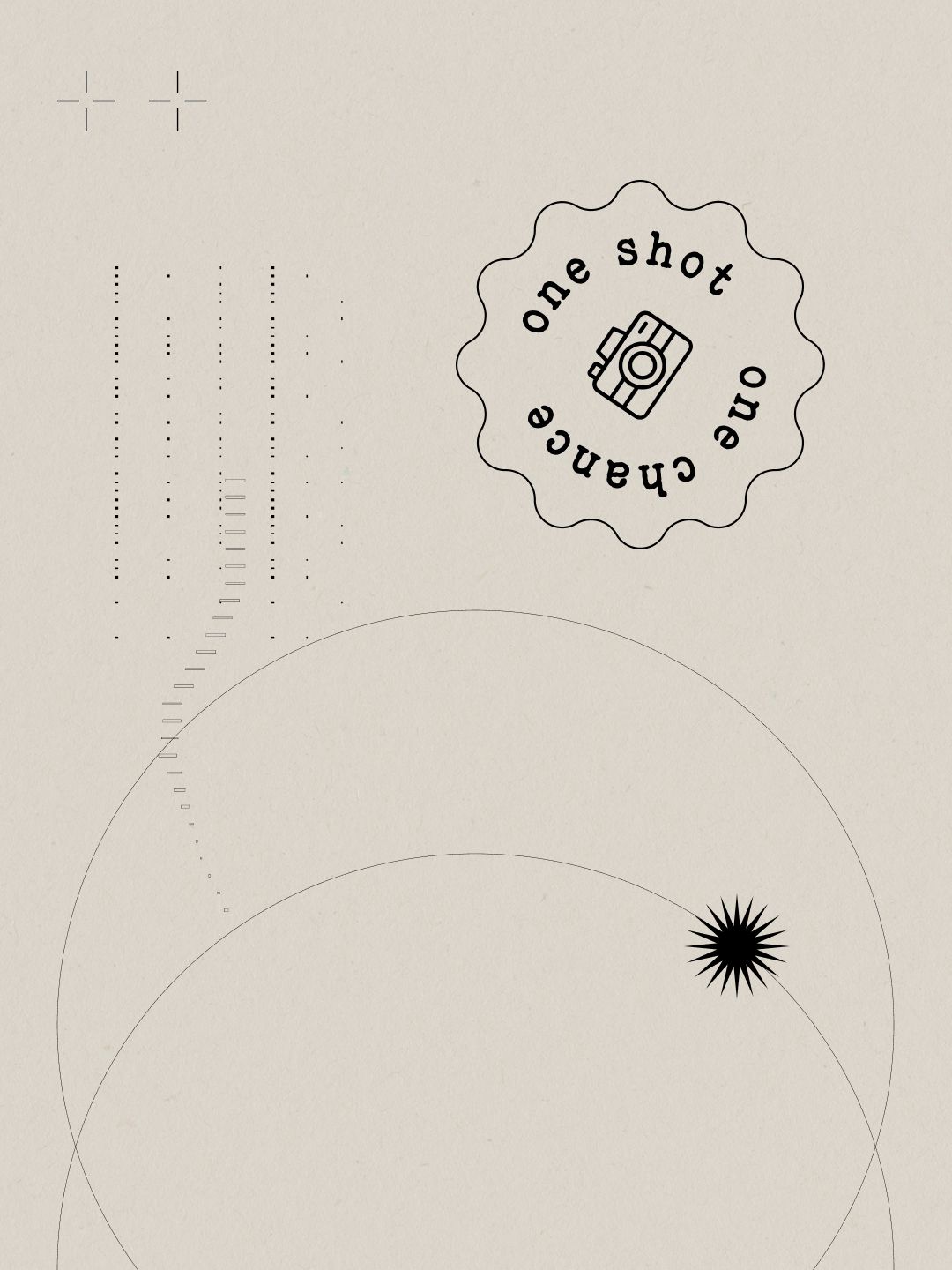
One Shot, One Chance
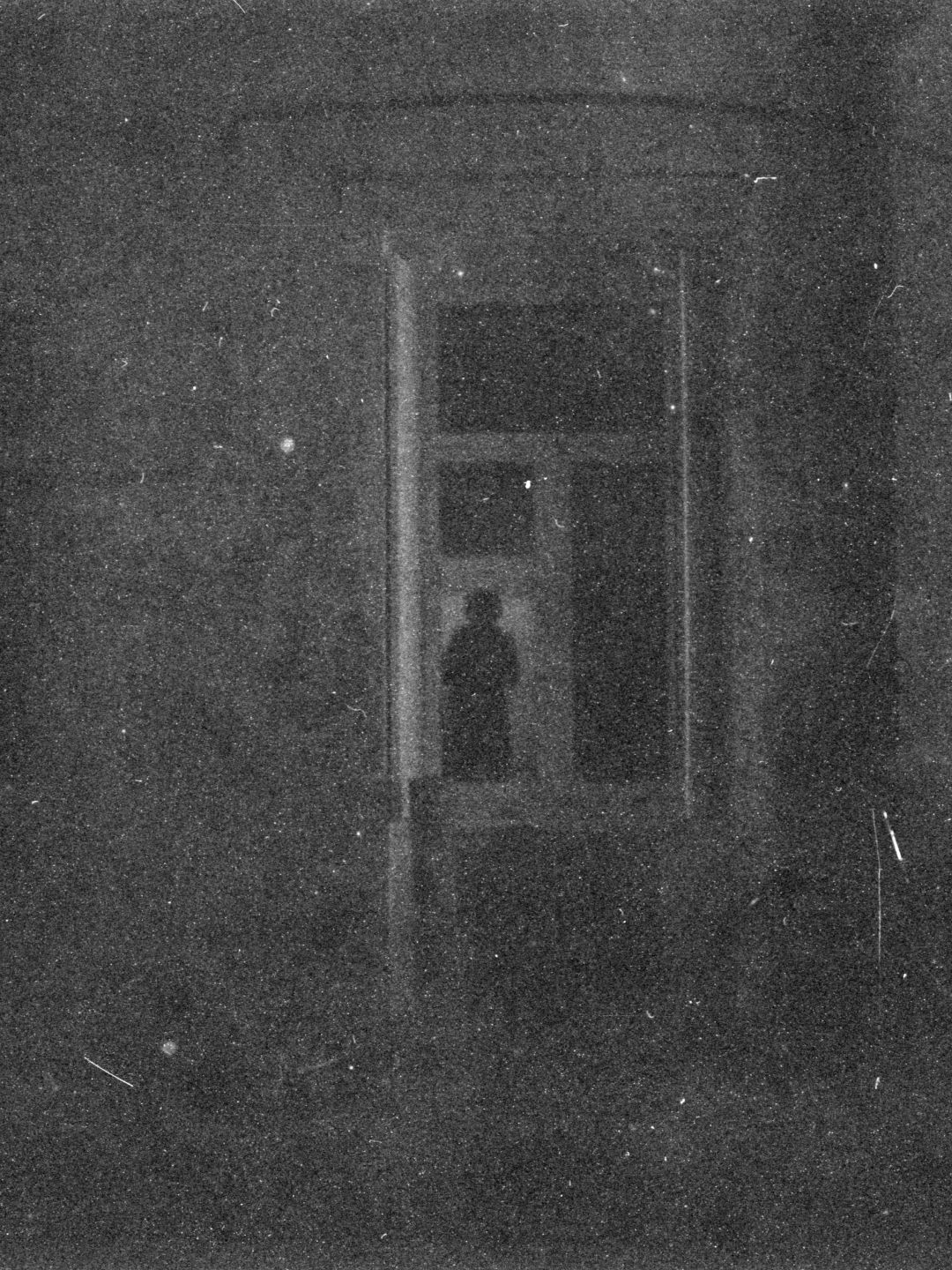
Reflection is looking at you

And we pretend to understand

A space of inspiration

Kundalini yoga at giraffehome

Love people not labels
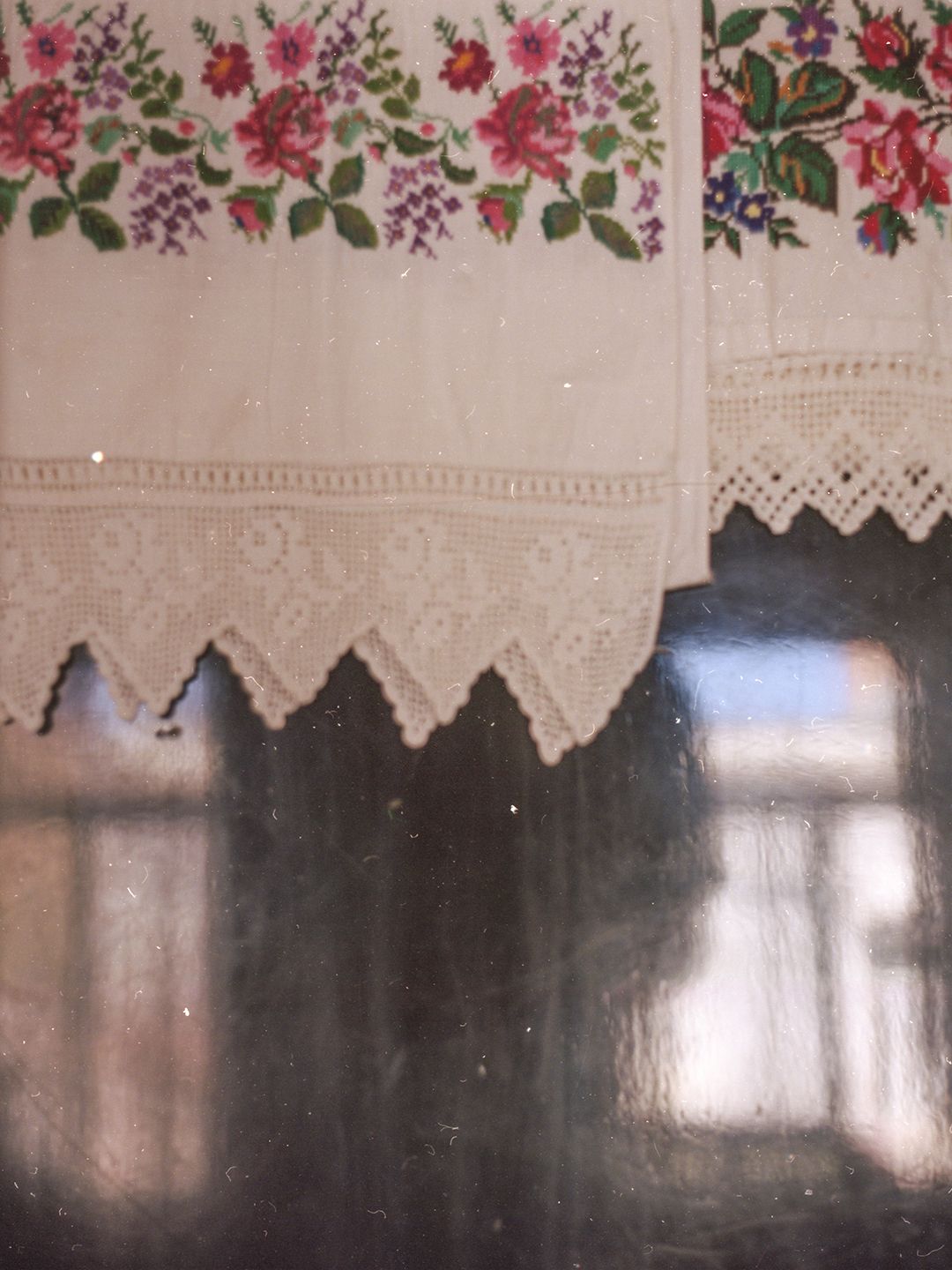
Grandmother’s Rushnyks

Stay analog
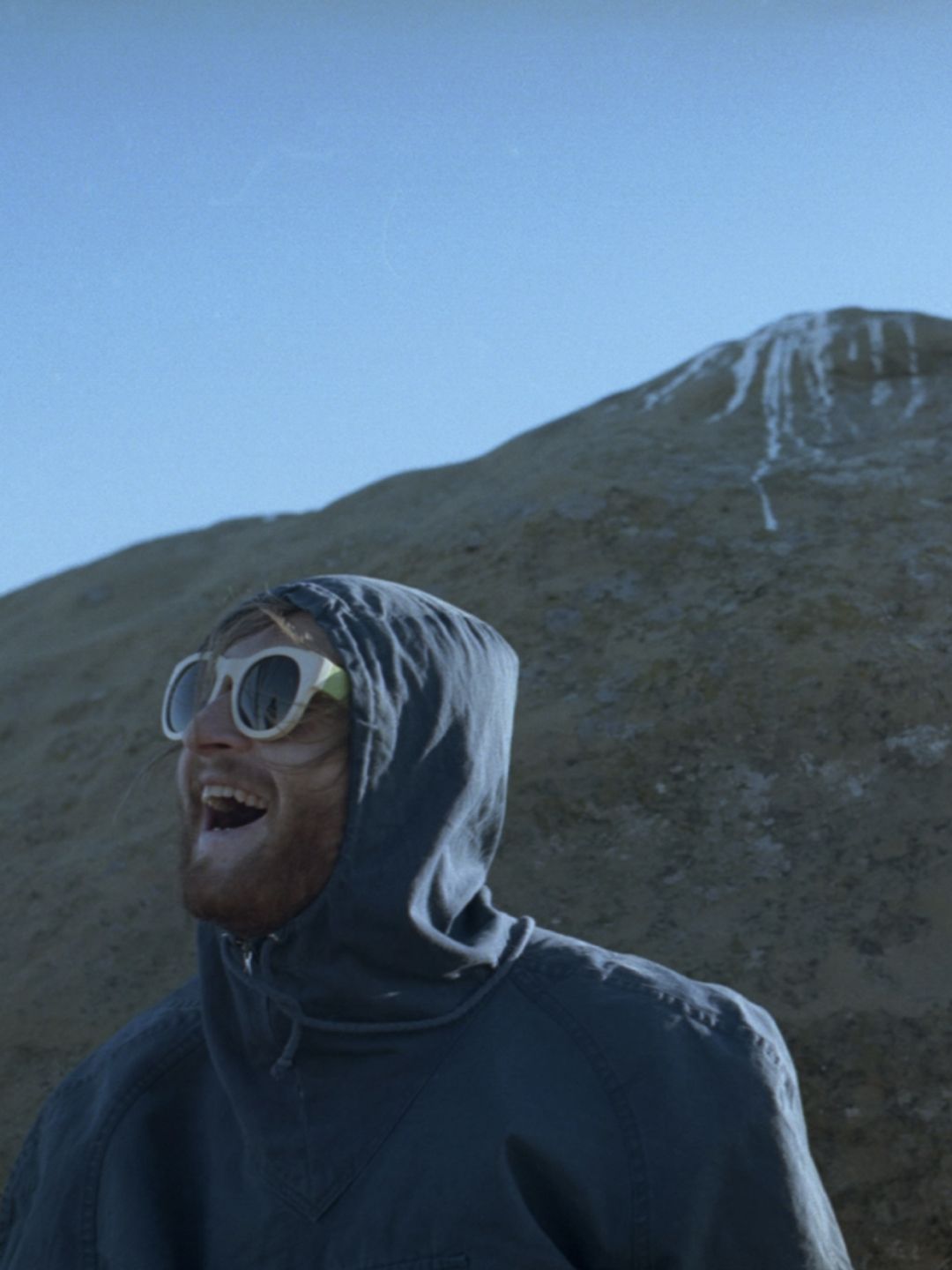
Indian memories and captured radio waves via Rusted Tone Recordings
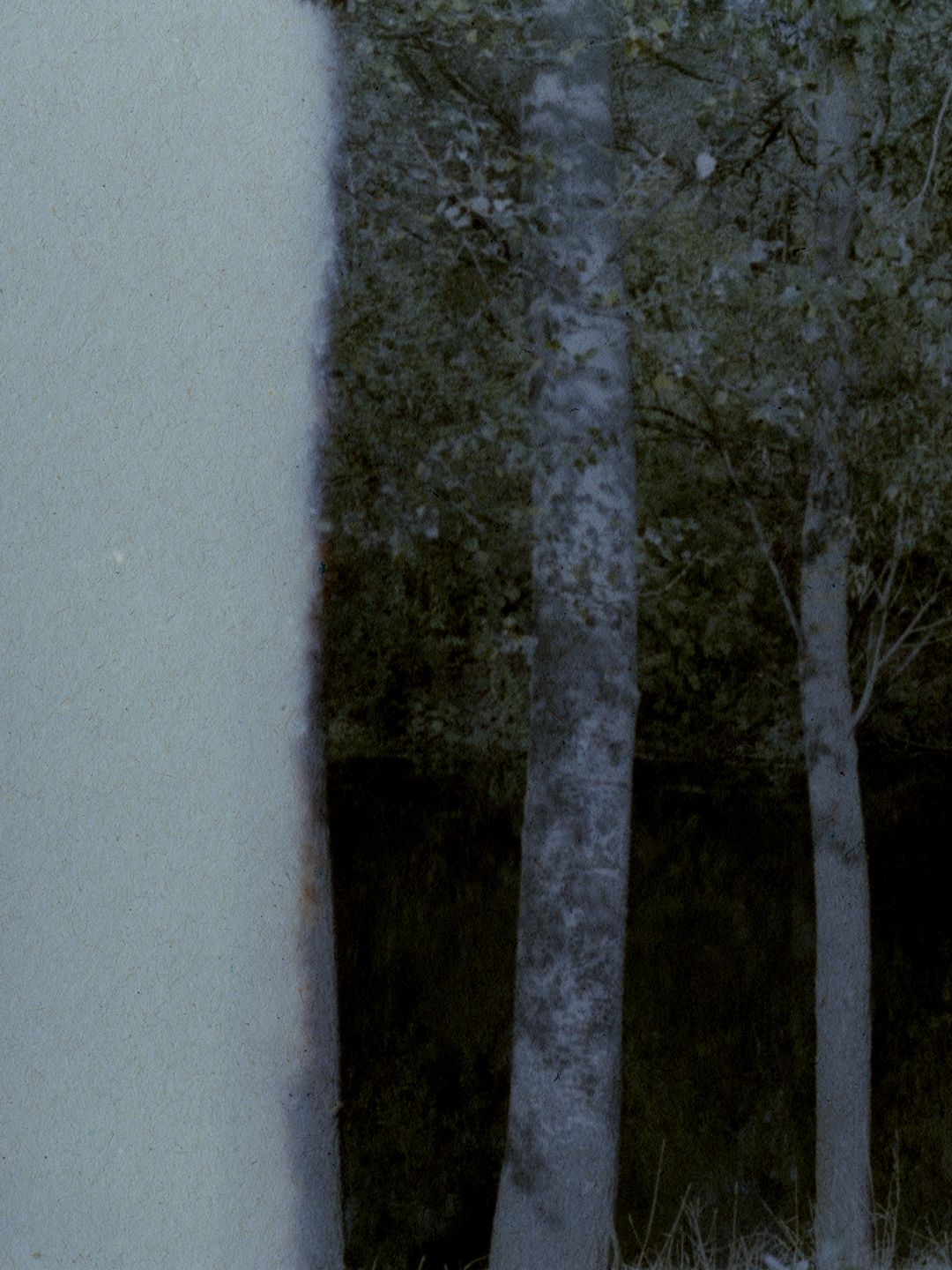
Film is not dead
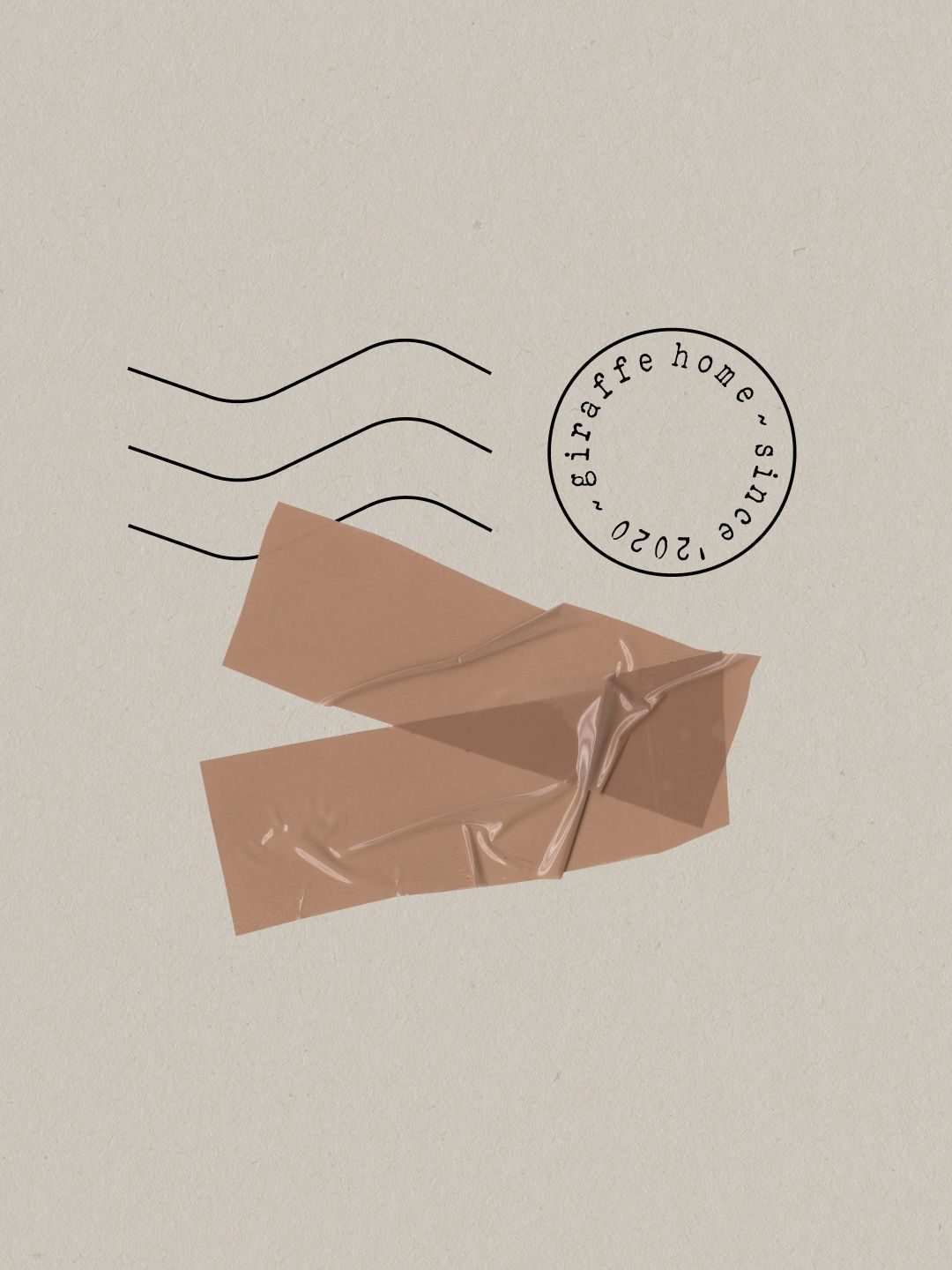
Letters that were never sent

Sometimes a period is just a comma
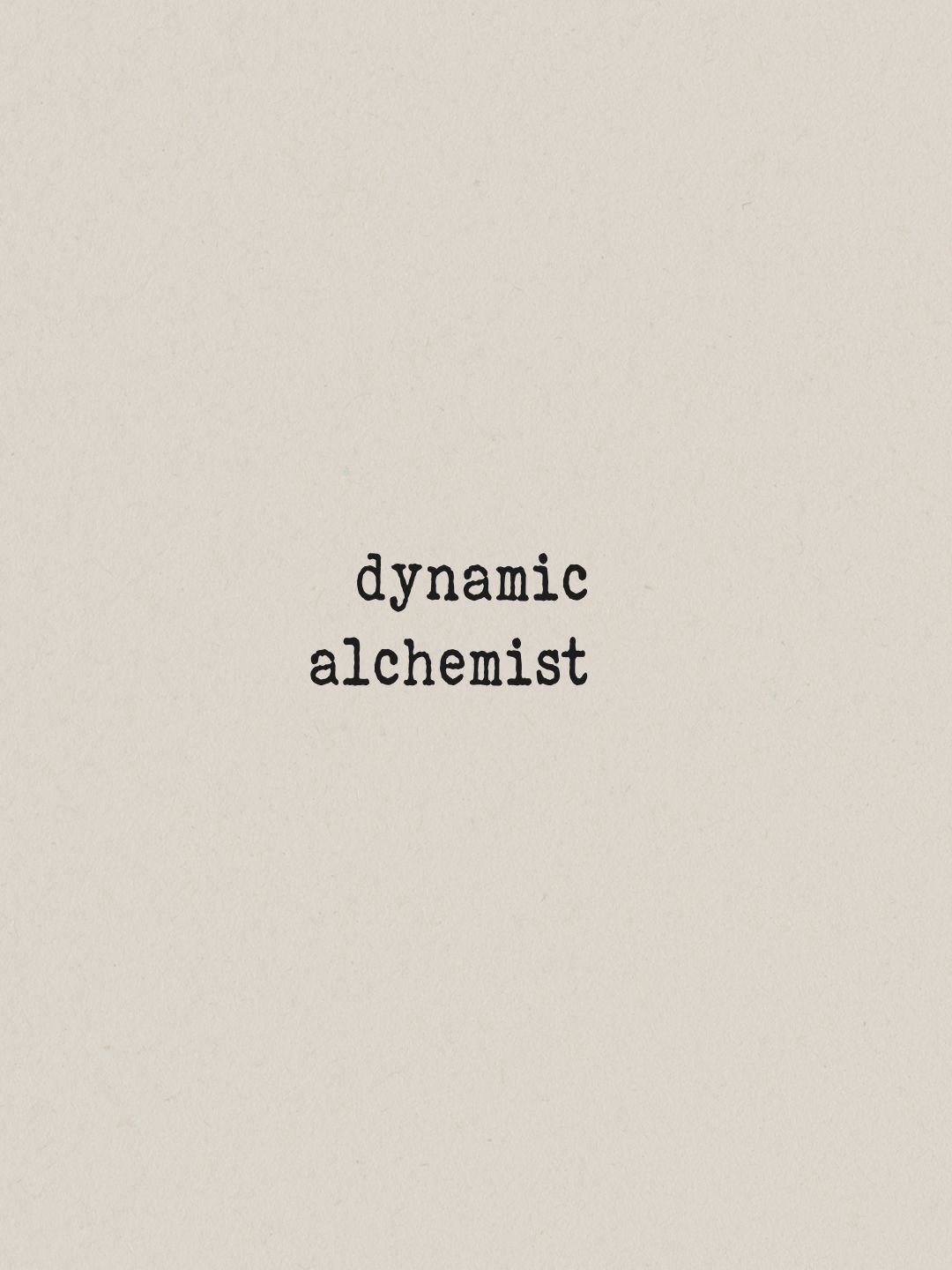
Come to practice

The old wallpaper
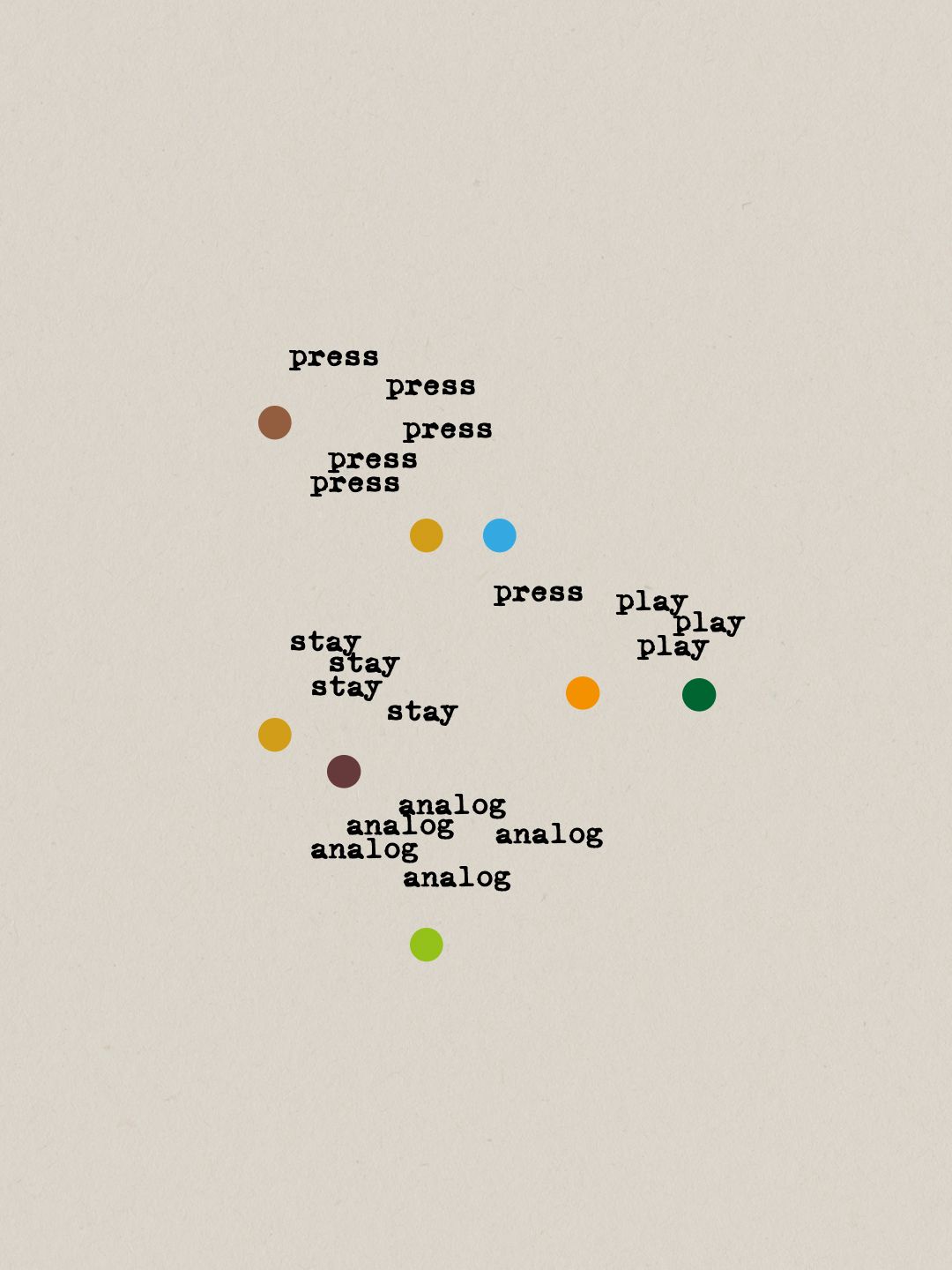
Press play. Stay analog.
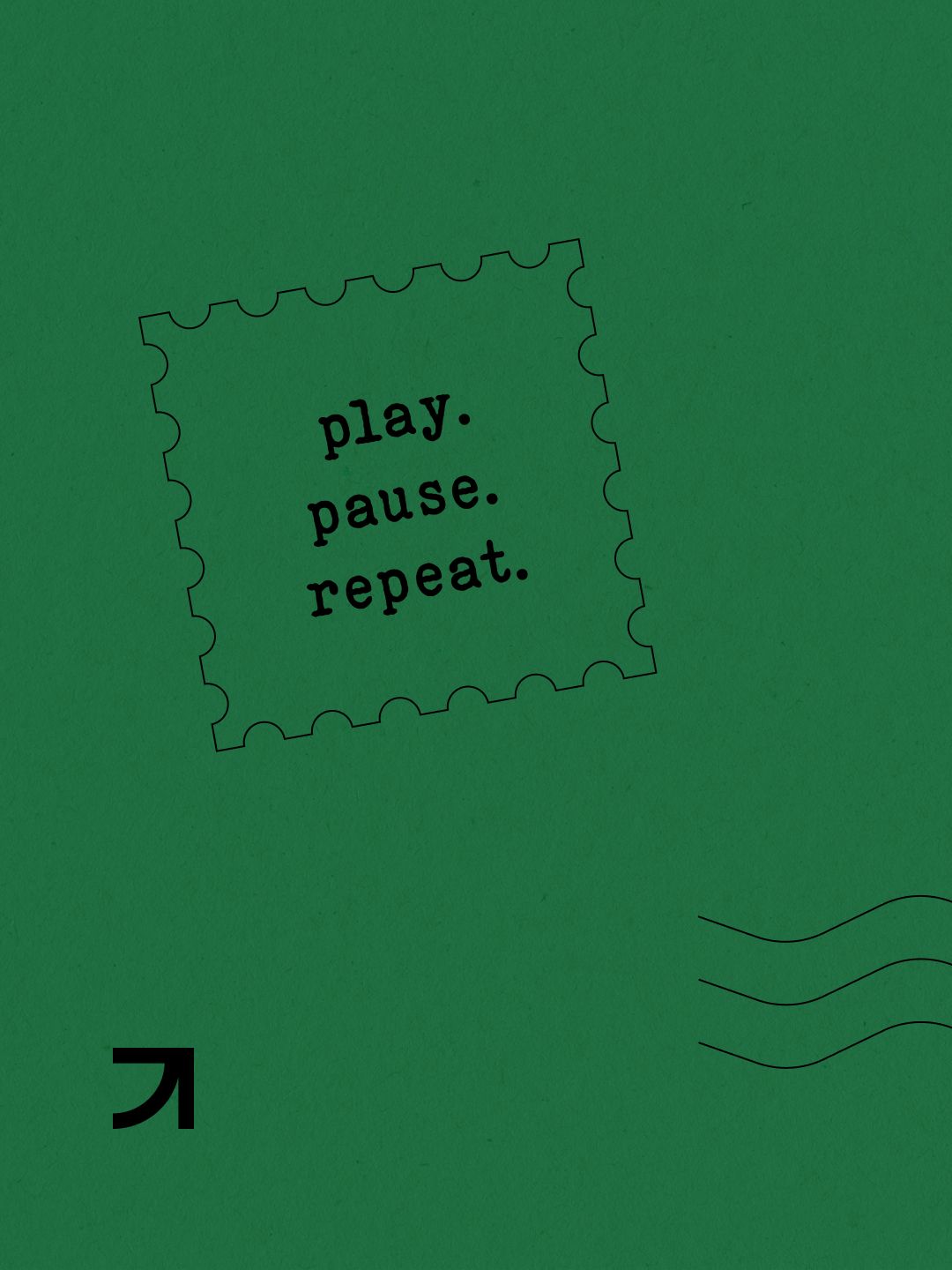
Play. Pause. Repeat.

What does the brick hide?
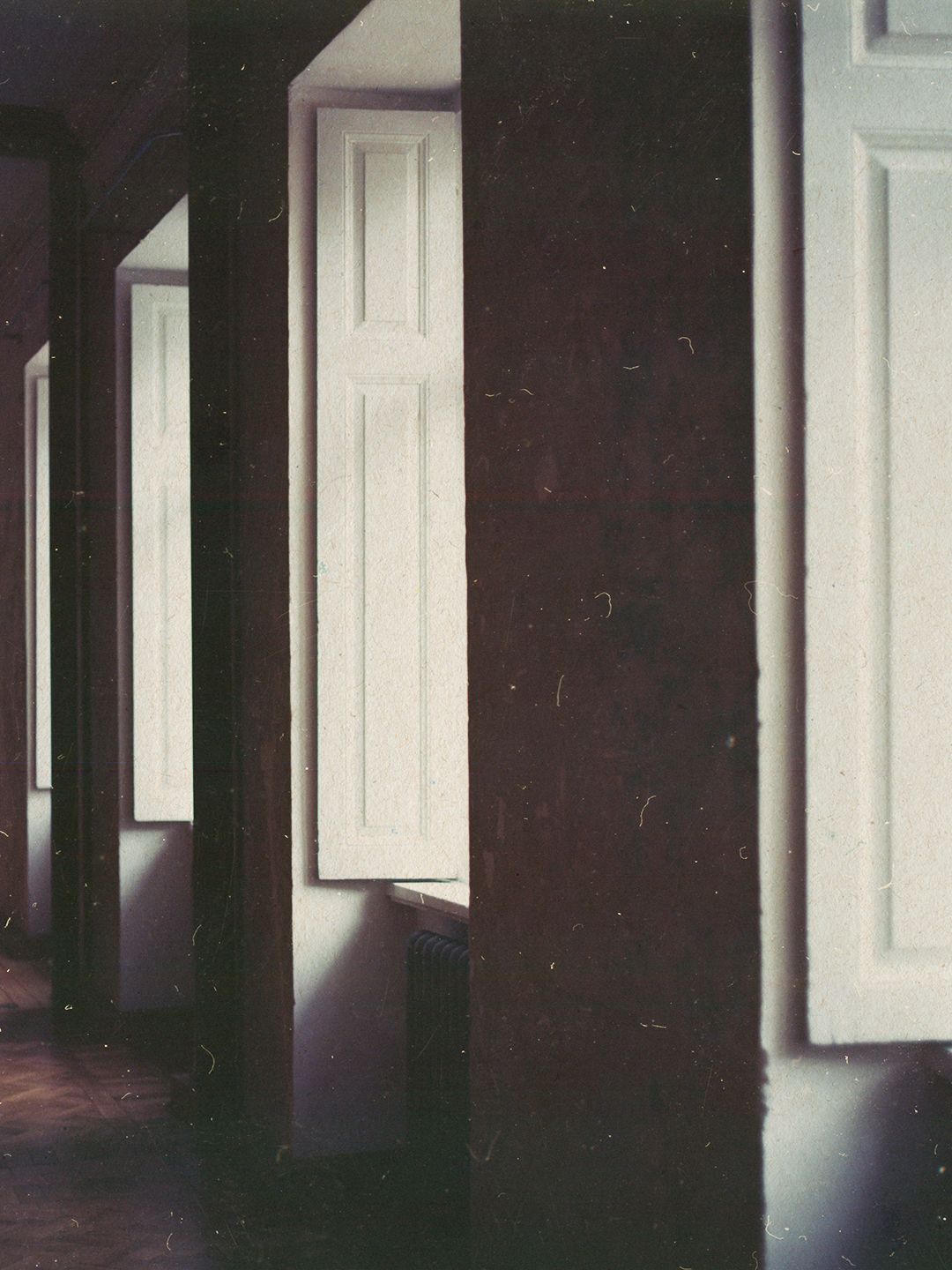
History speaks

Shunia mode

Photography isn’t just an image
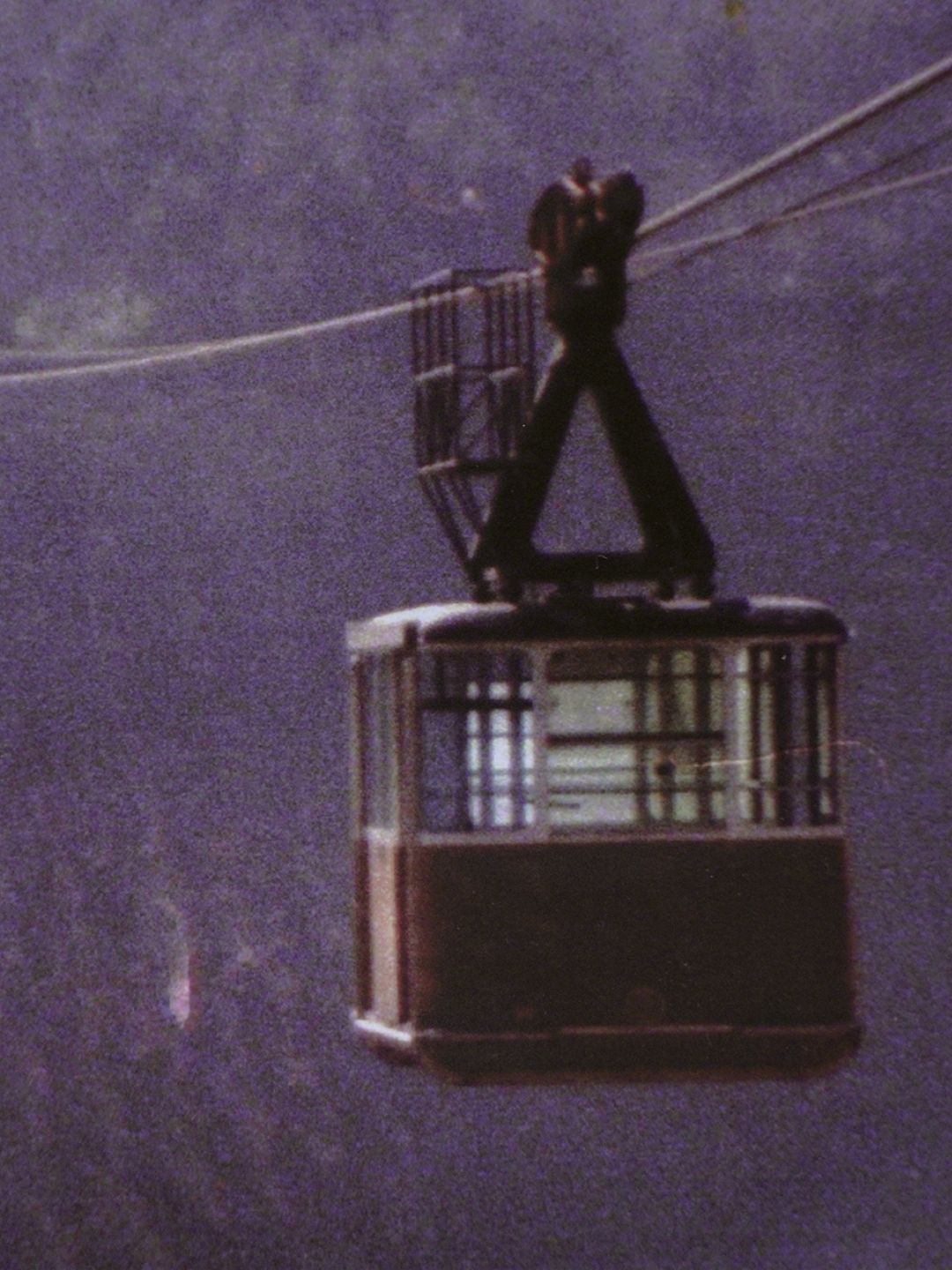
The funicular glides slowly

Black and white symphony
